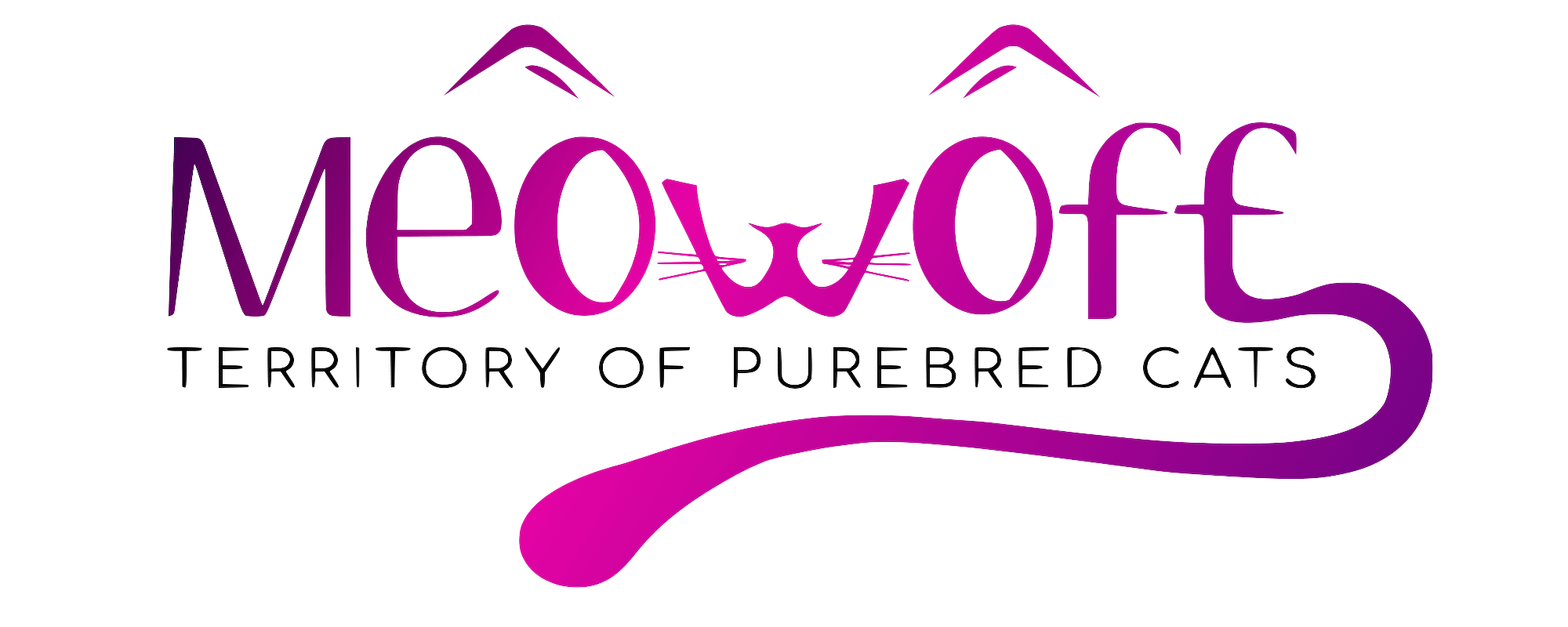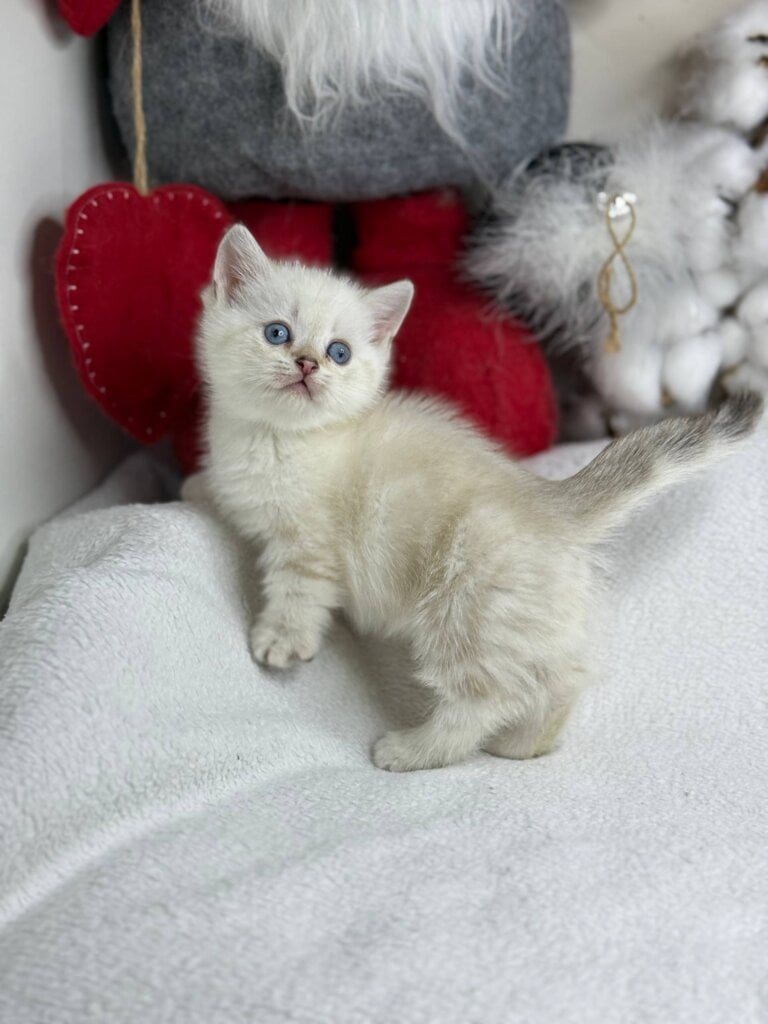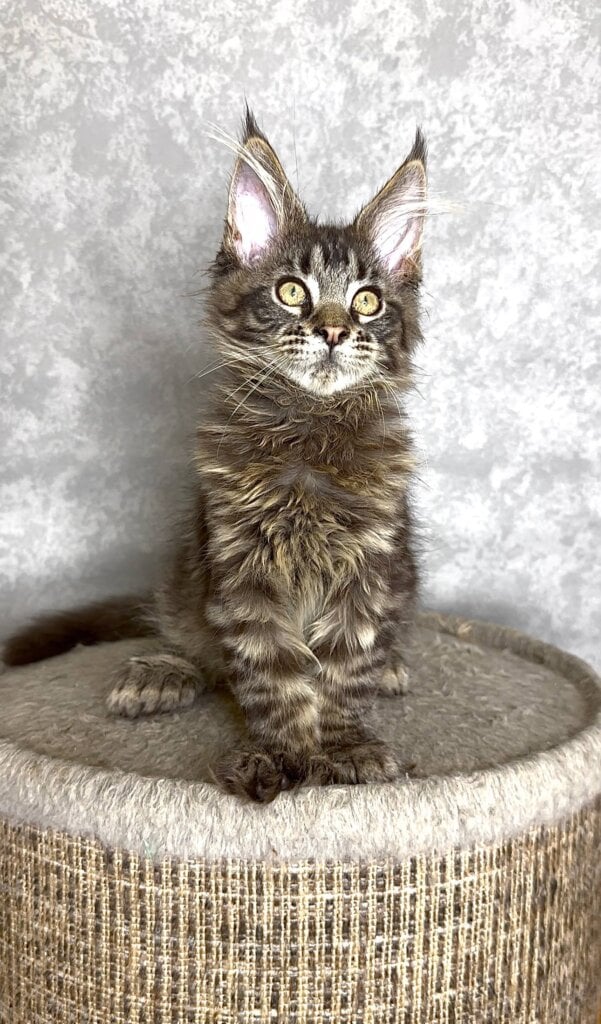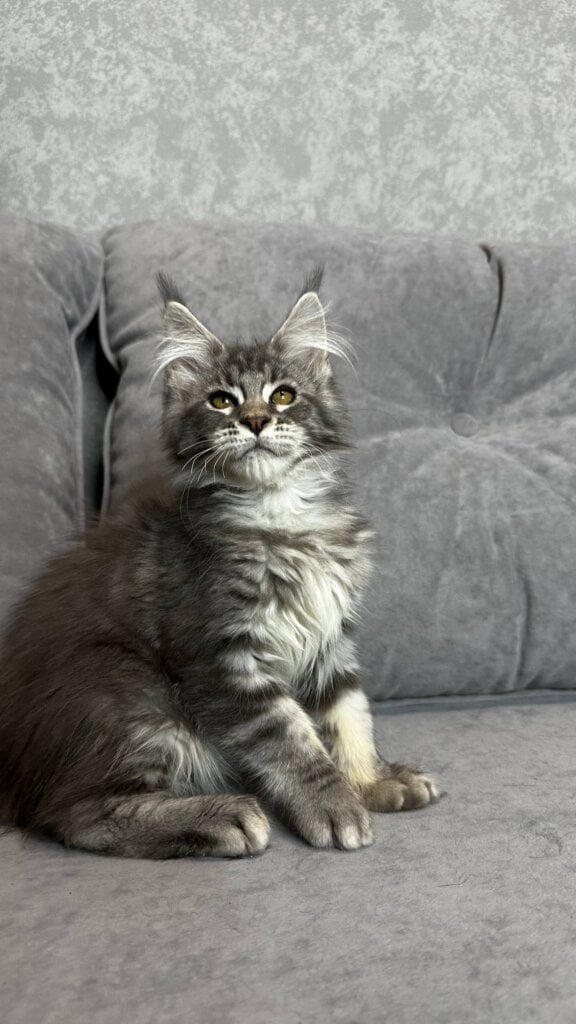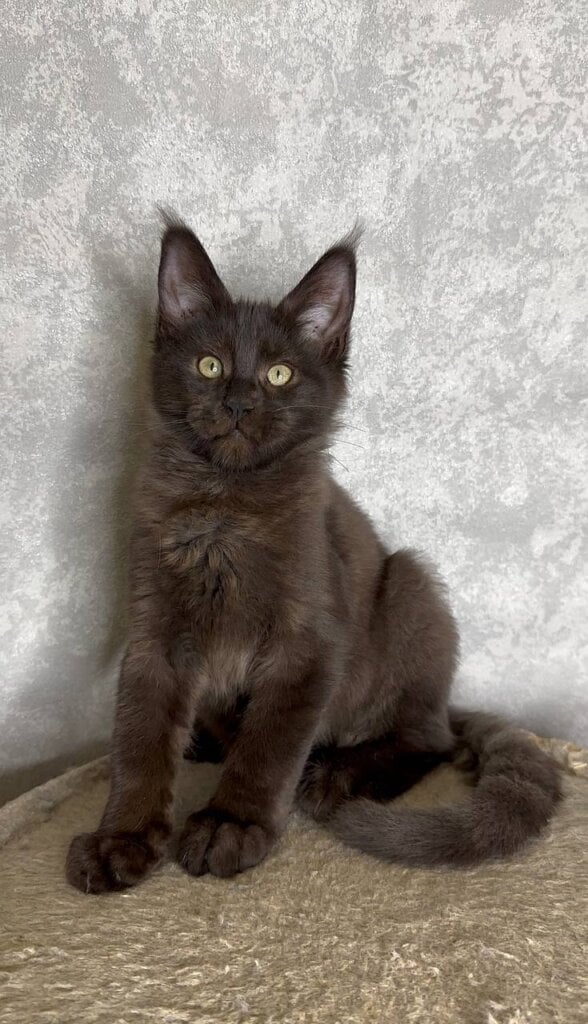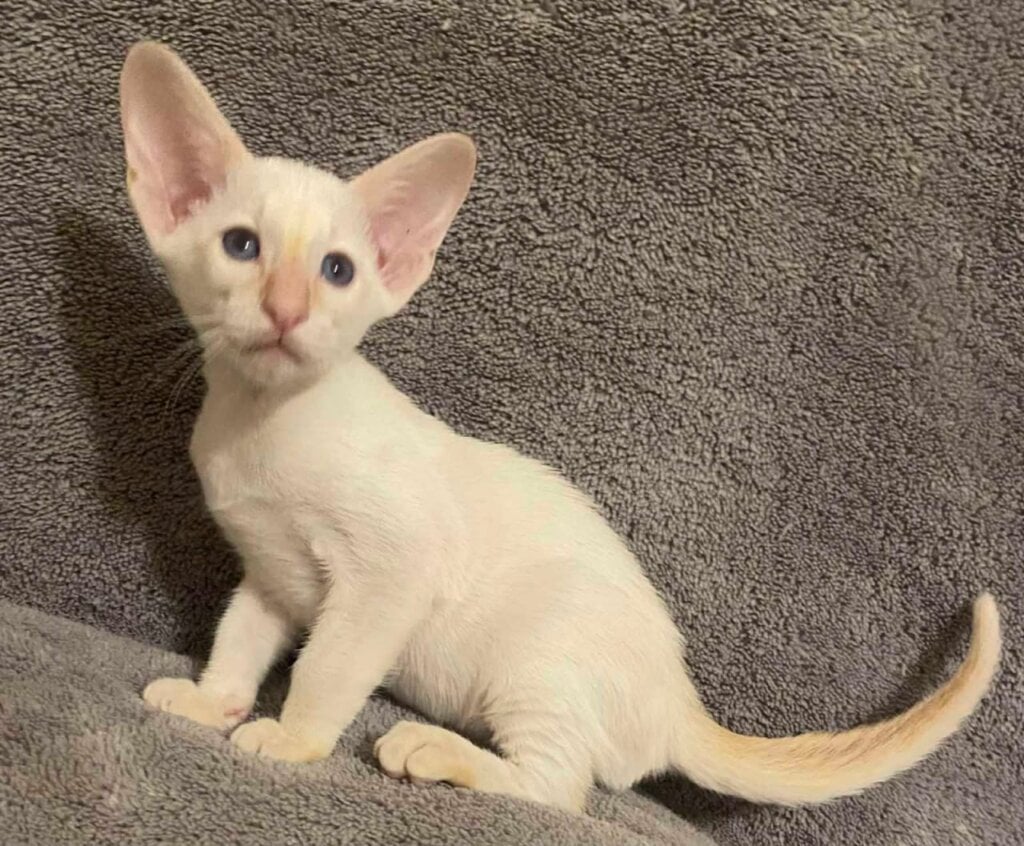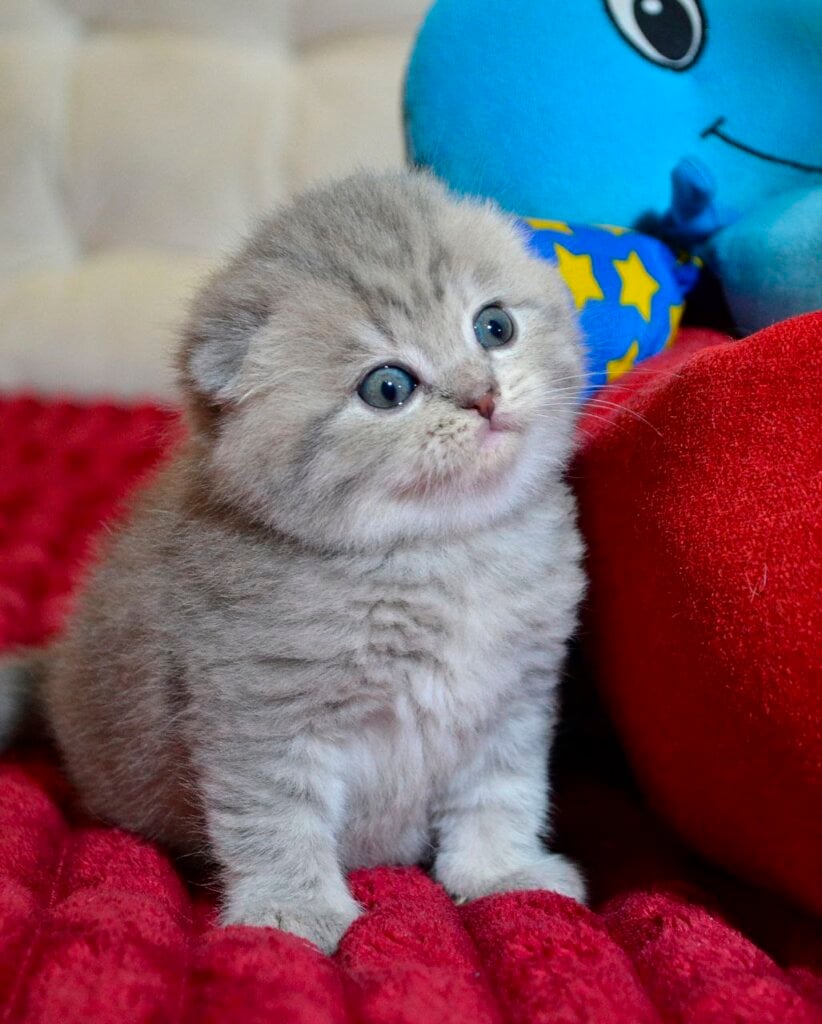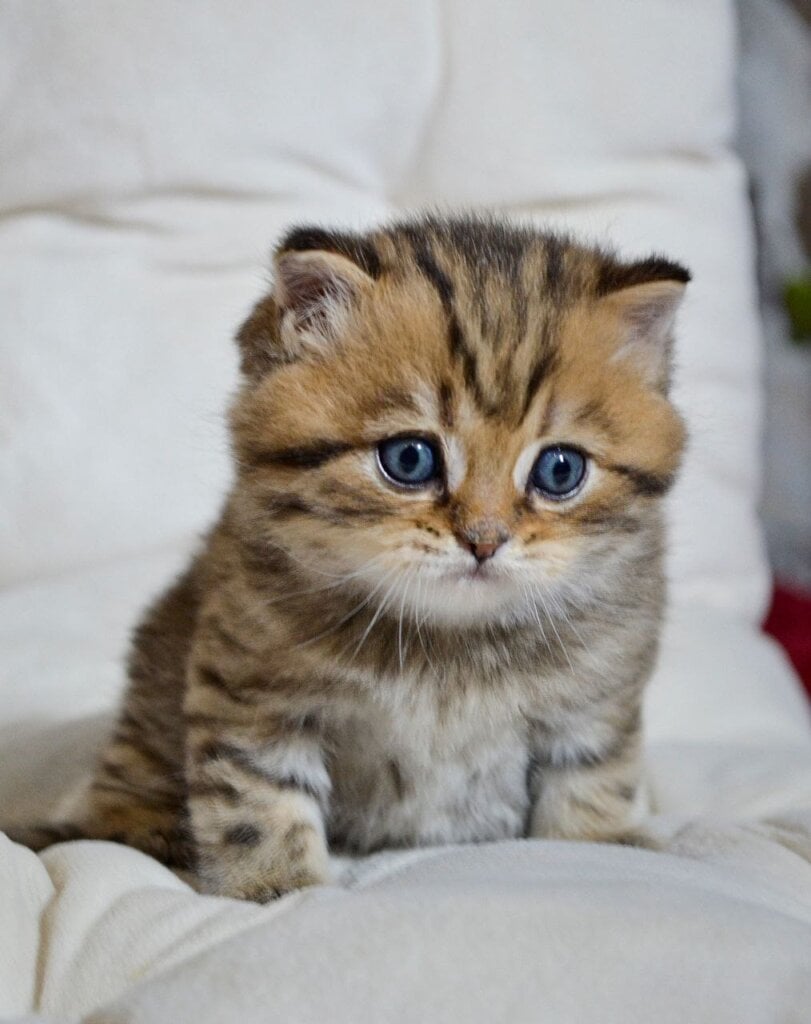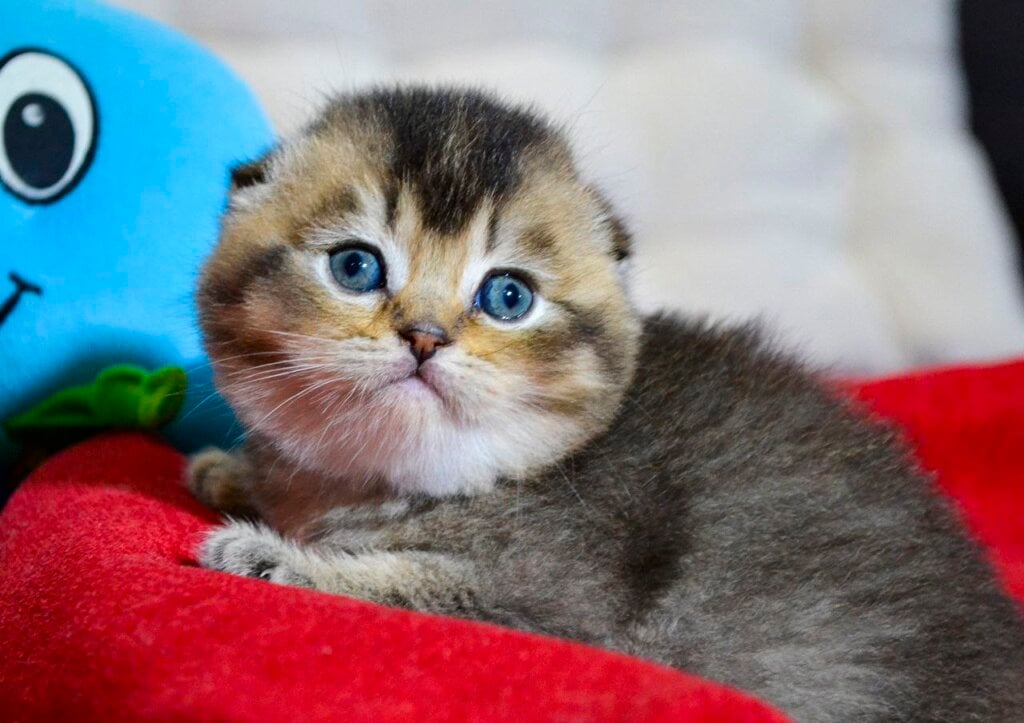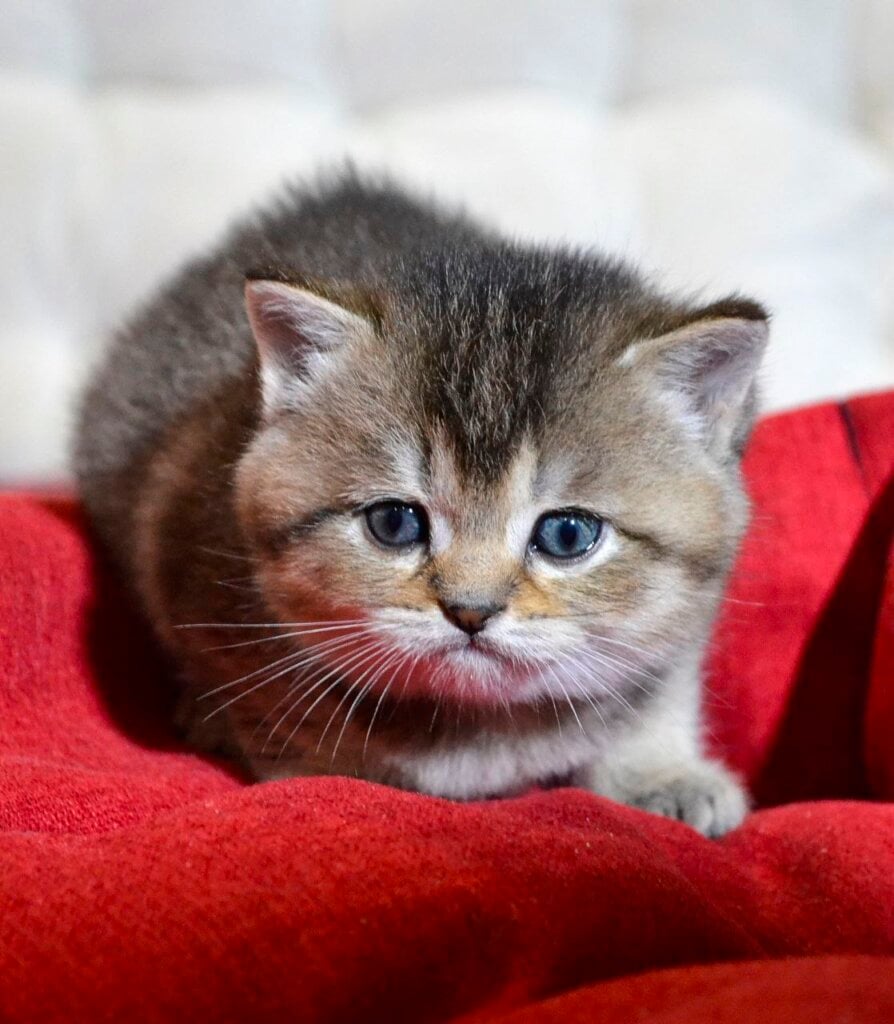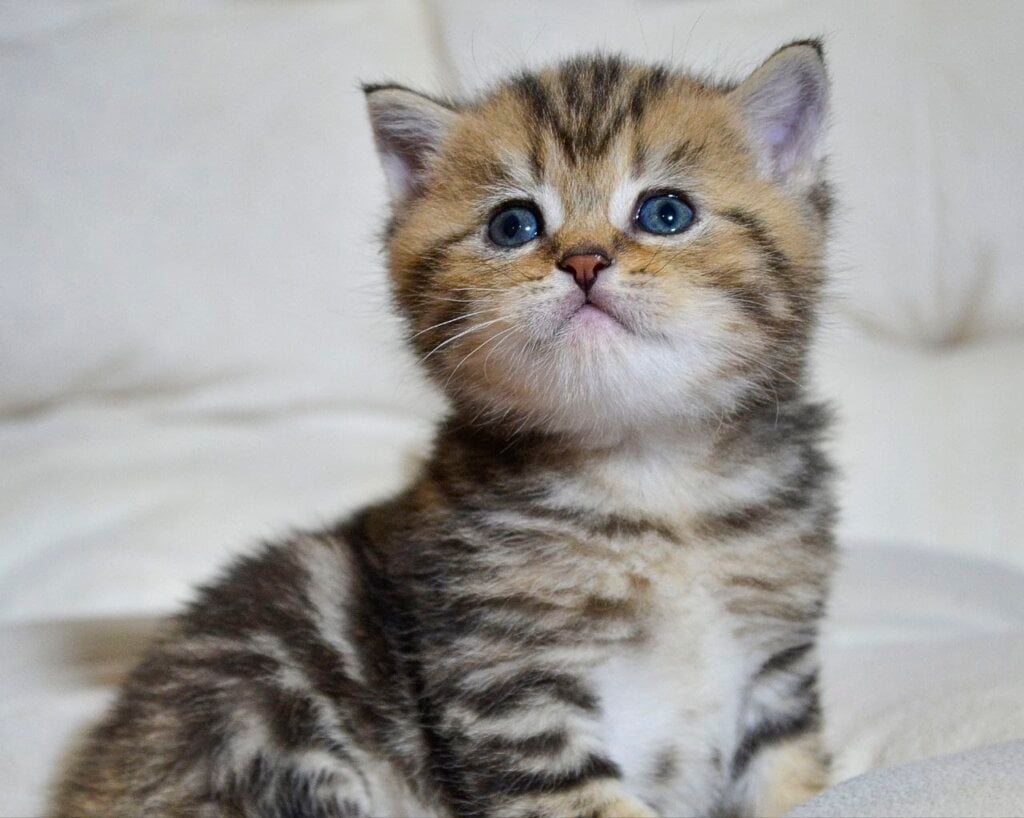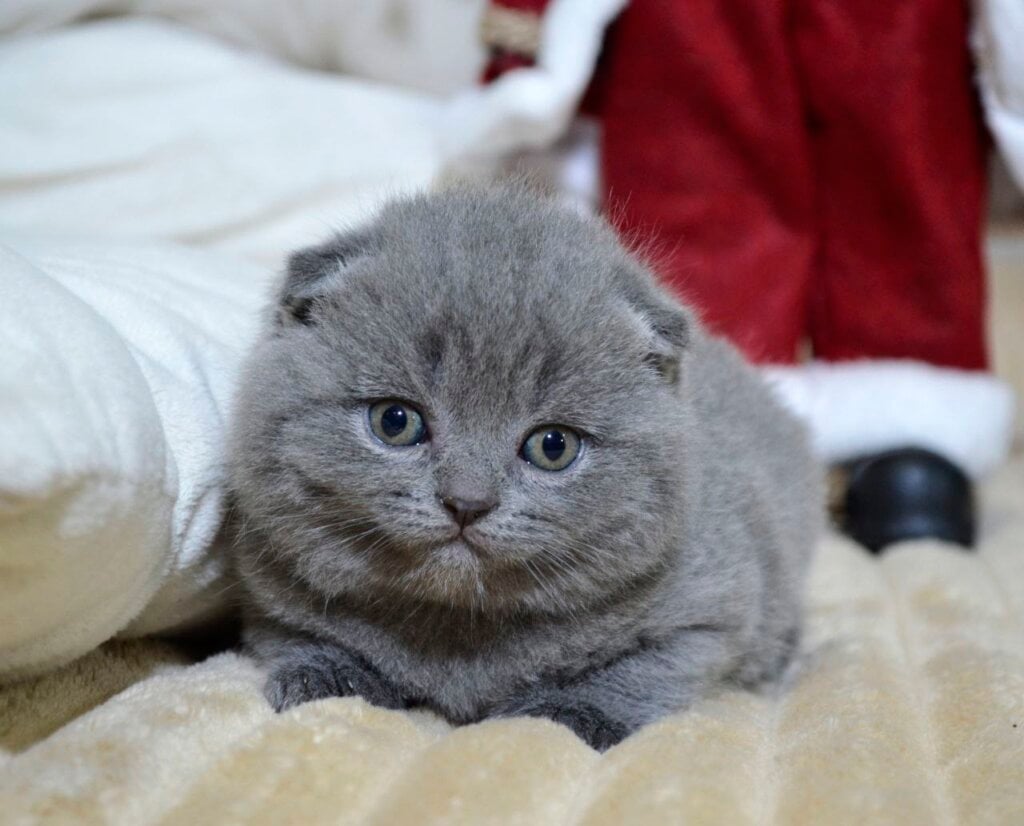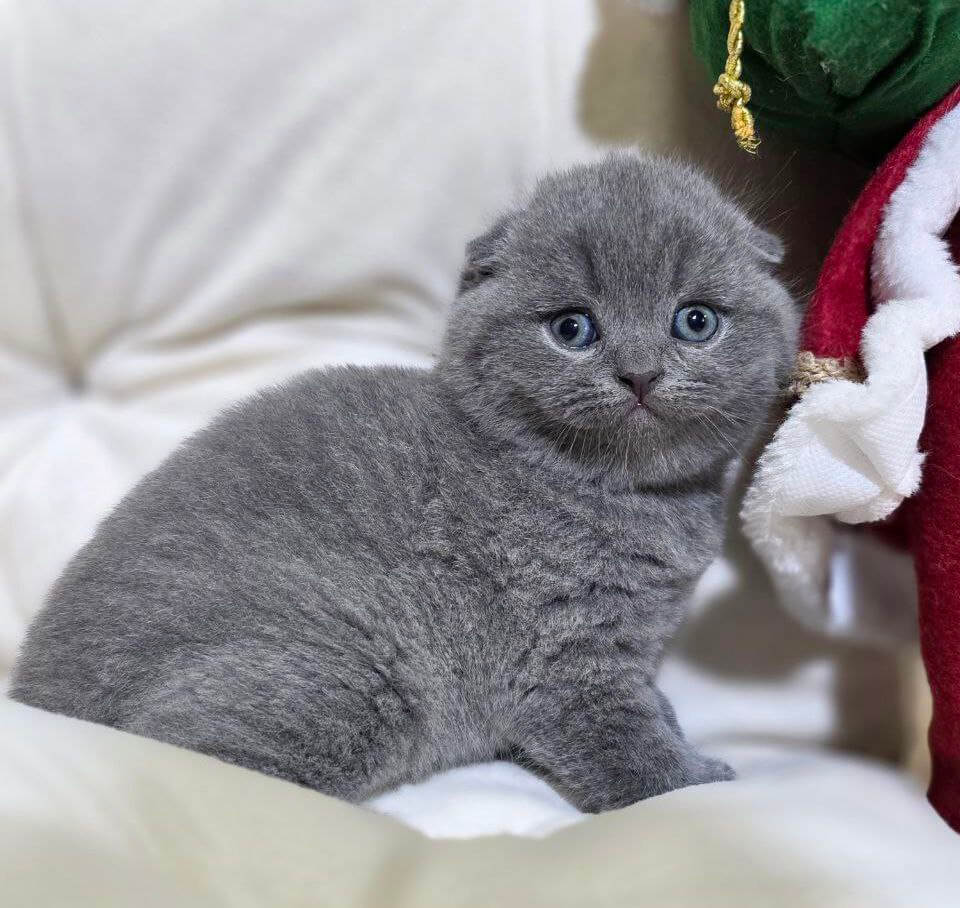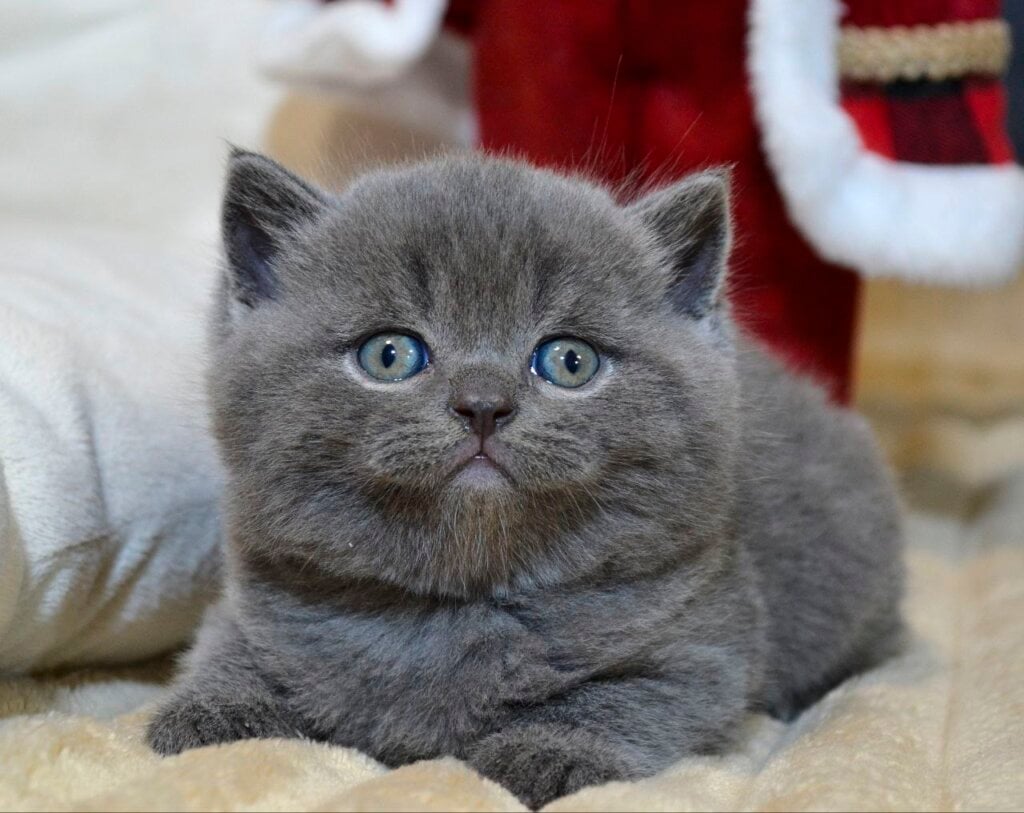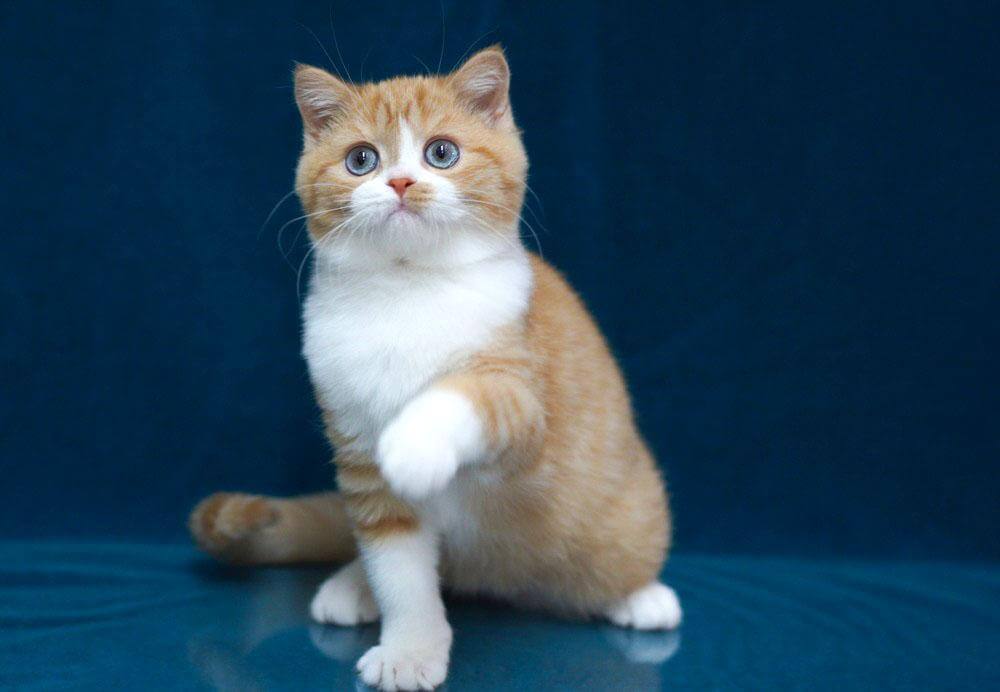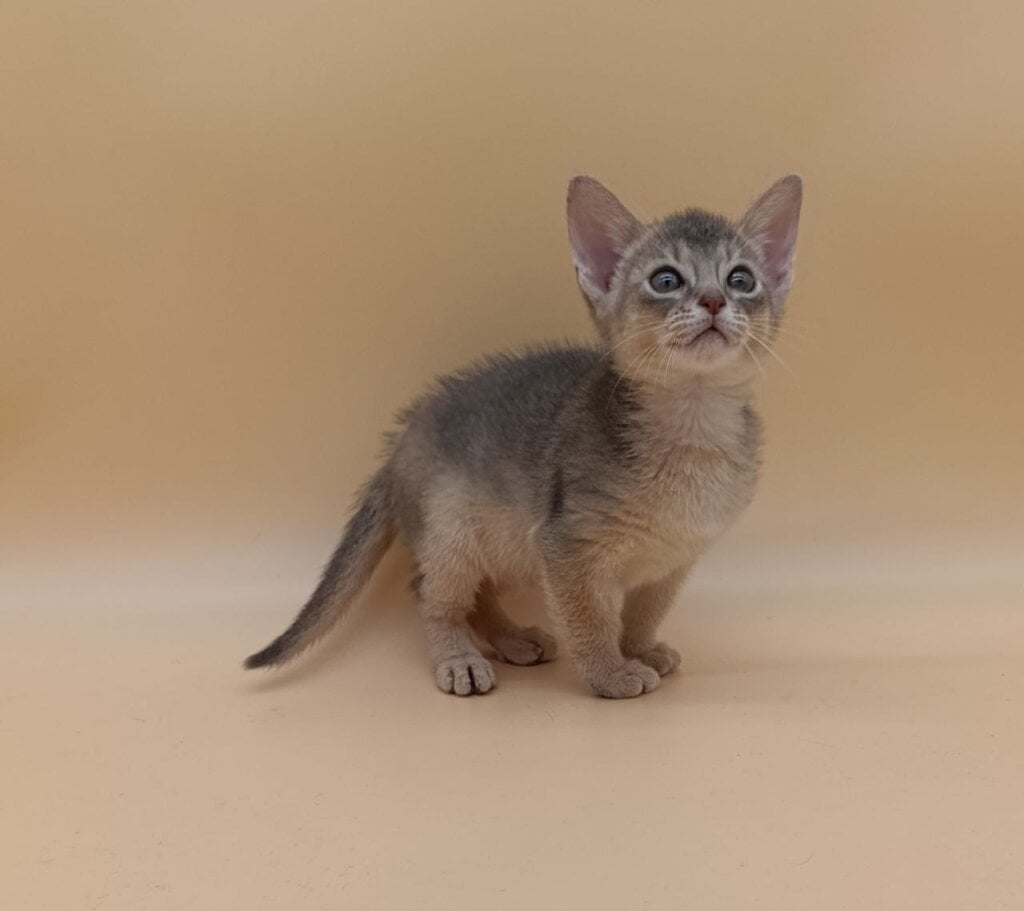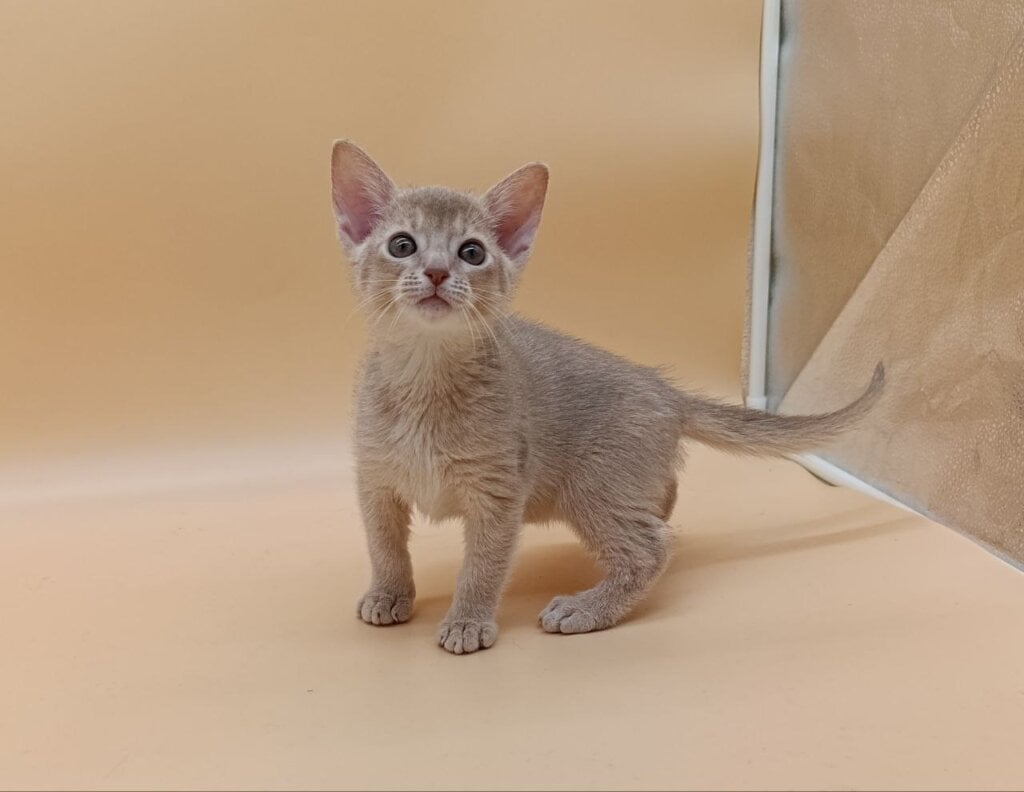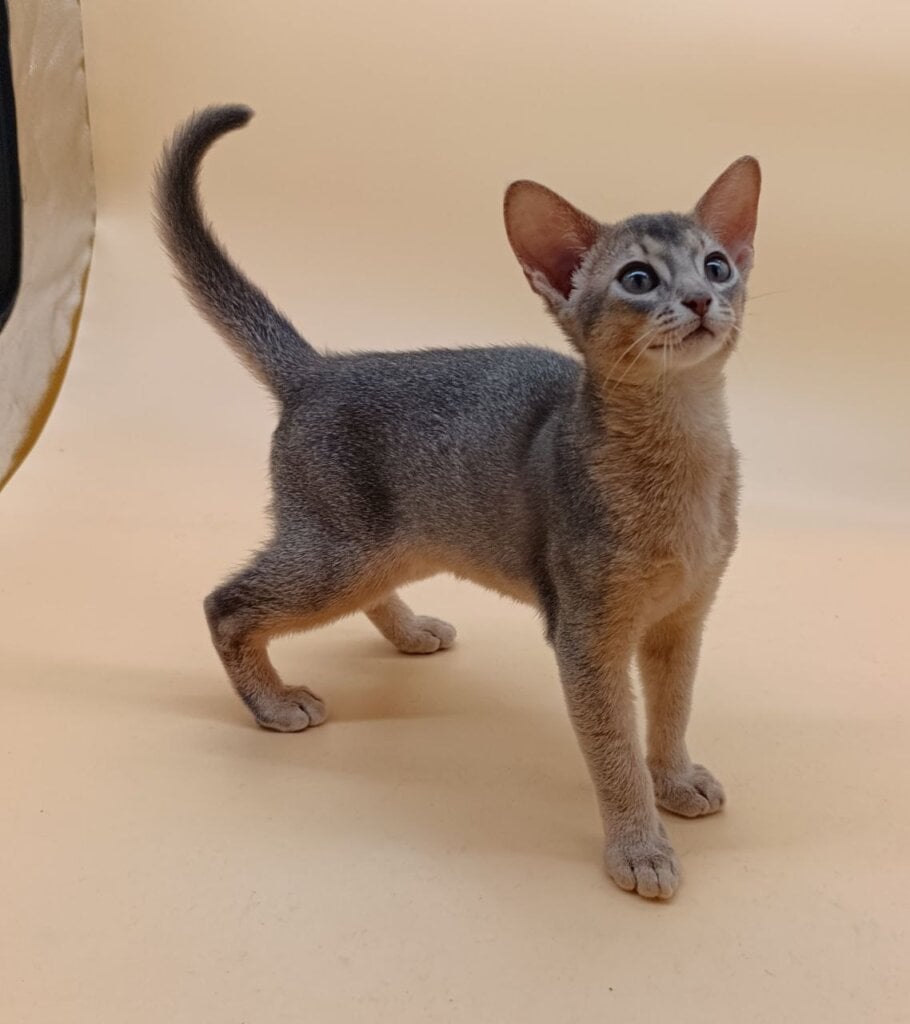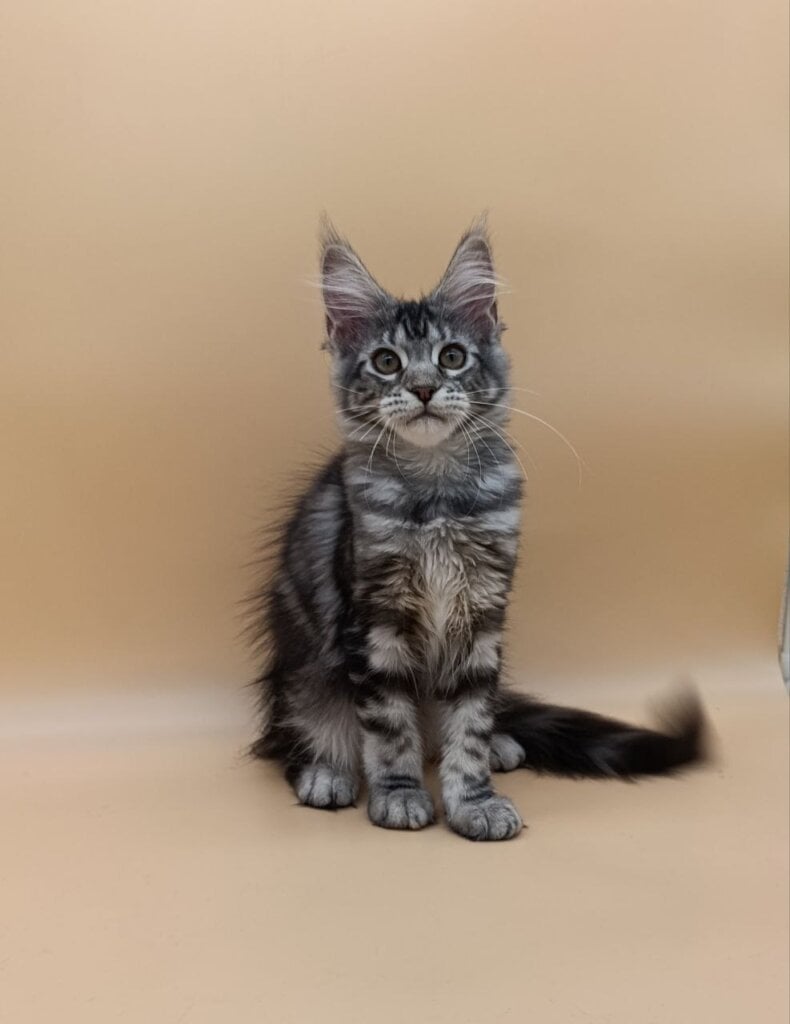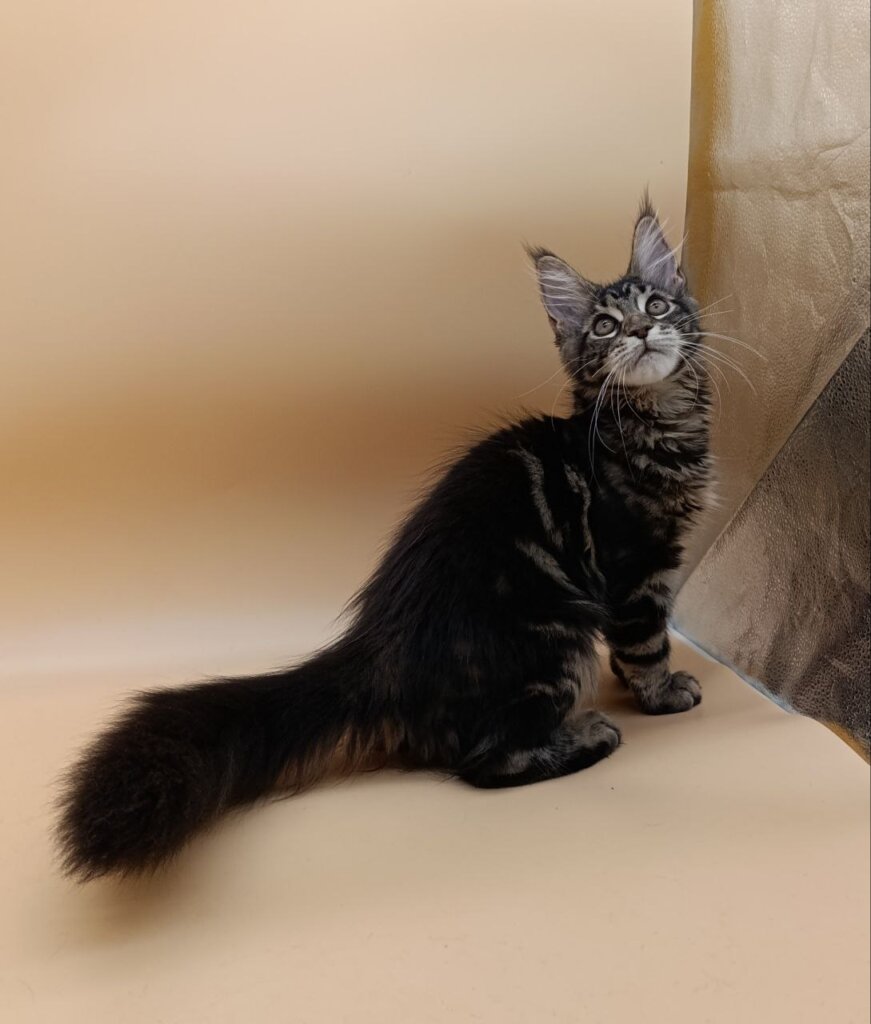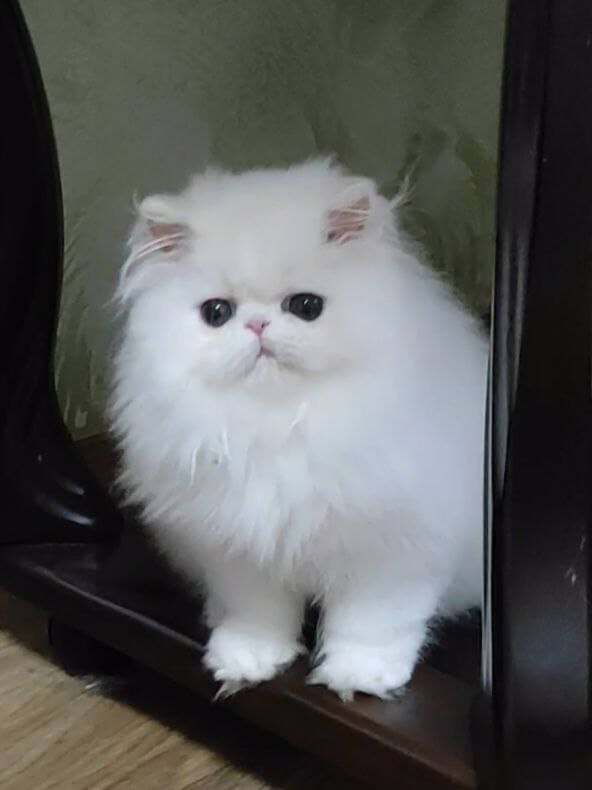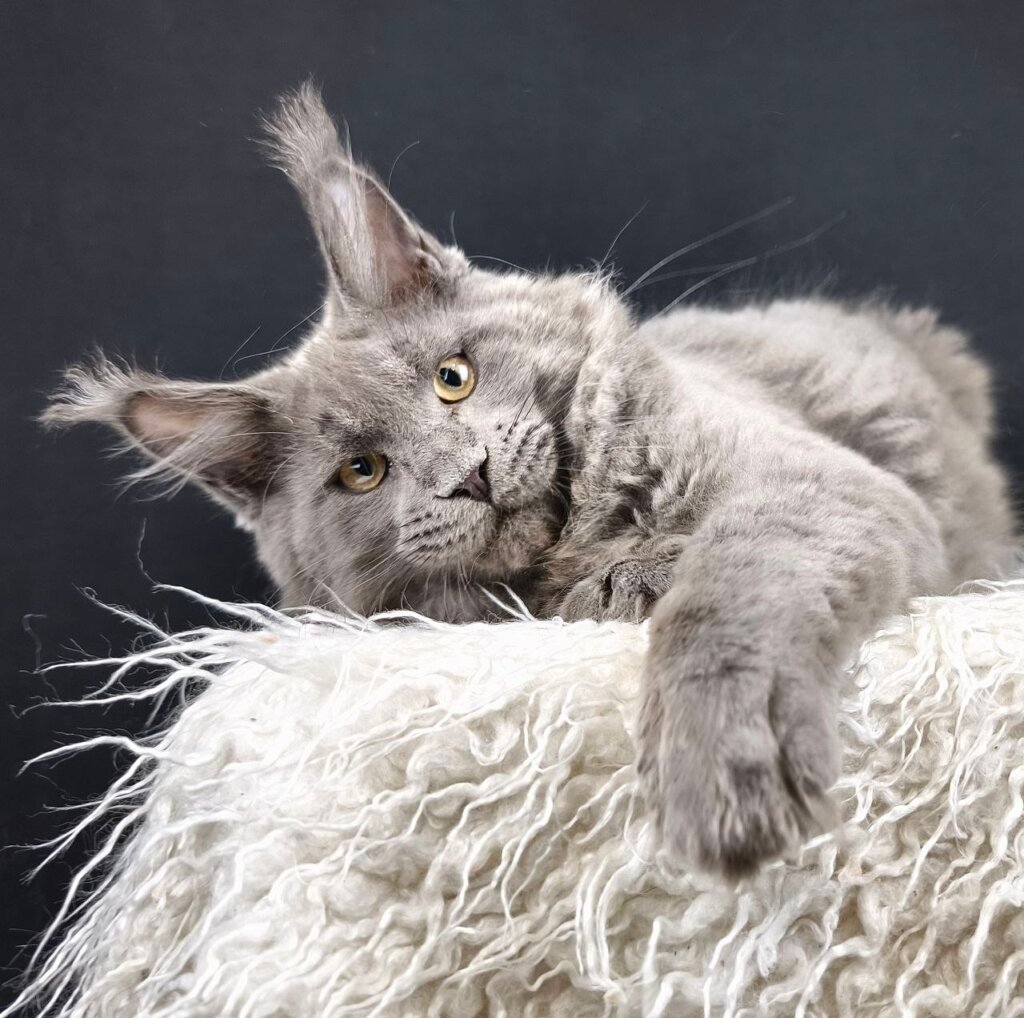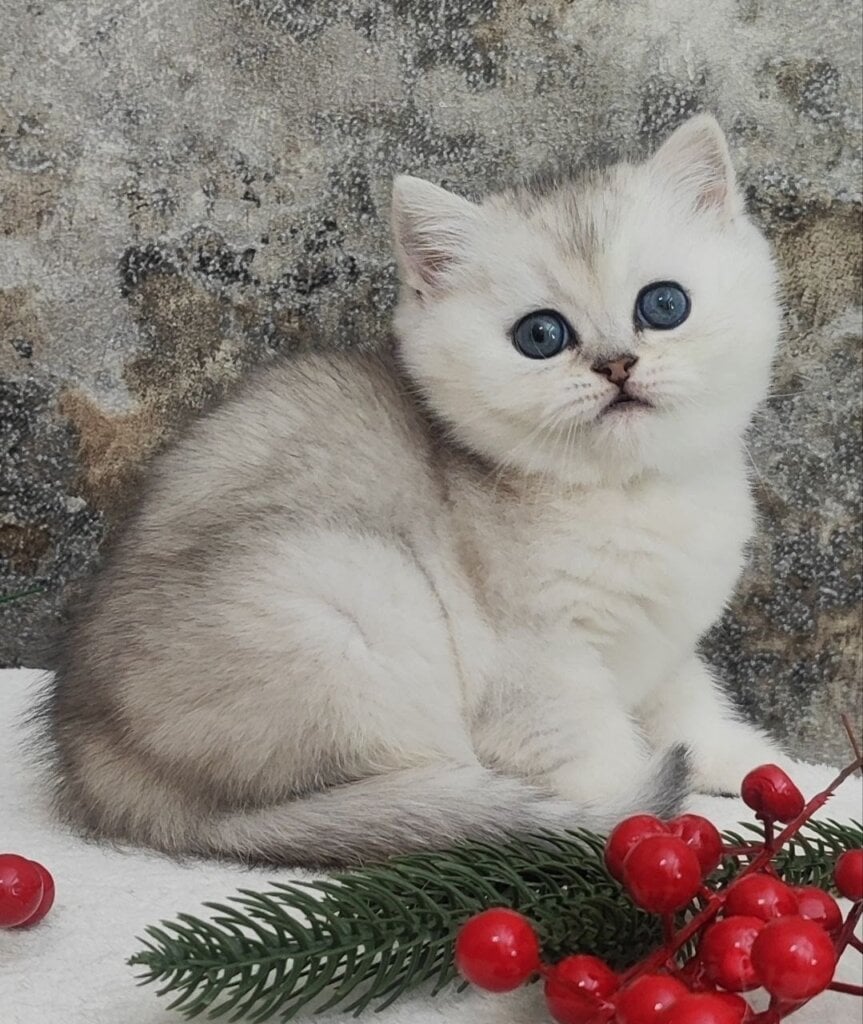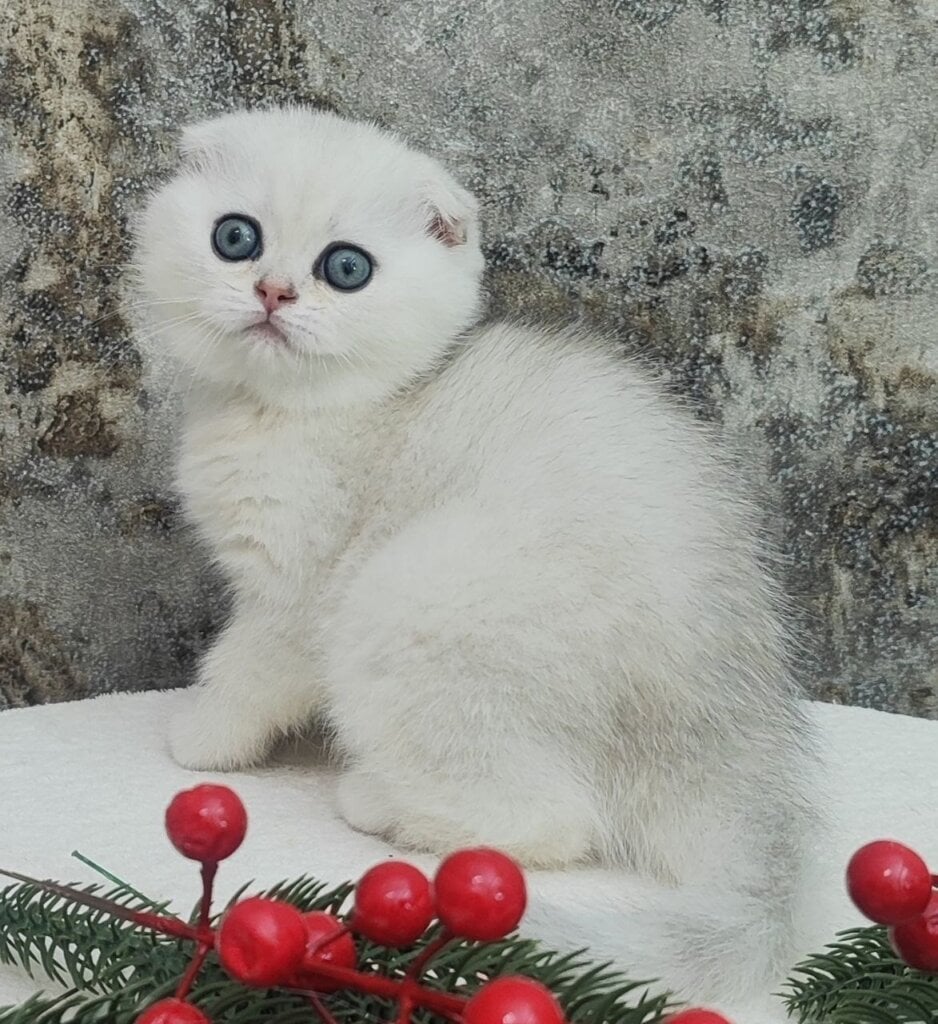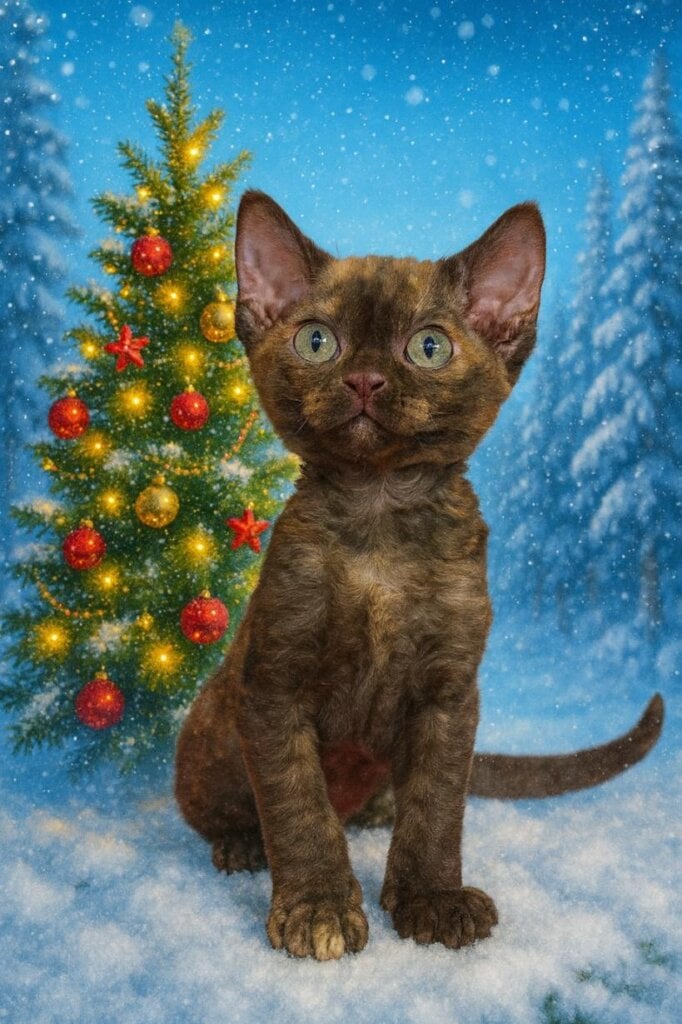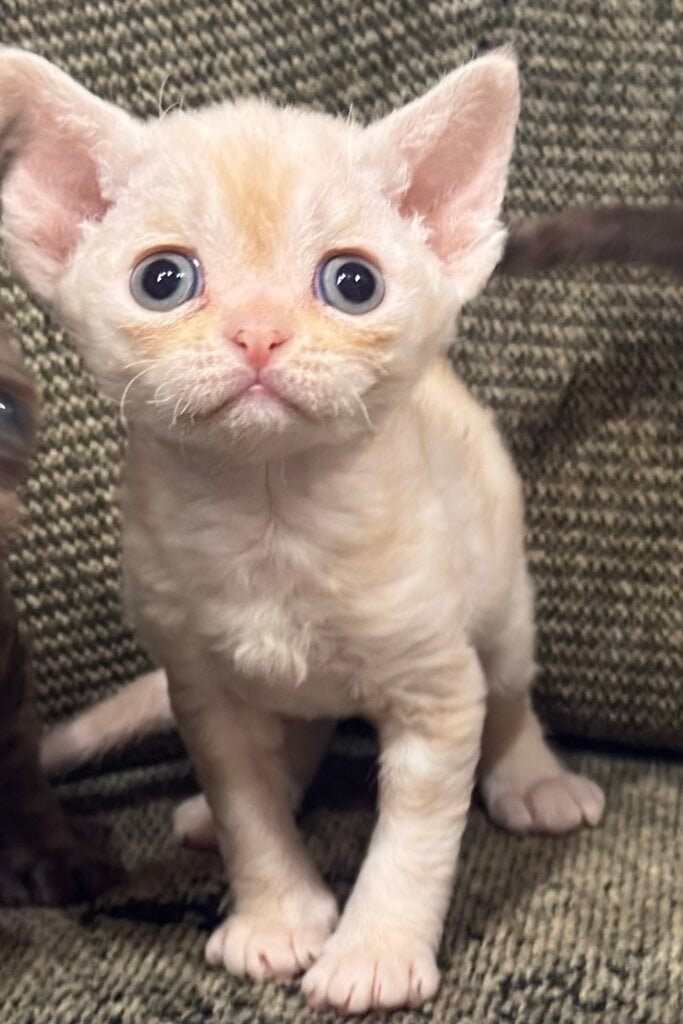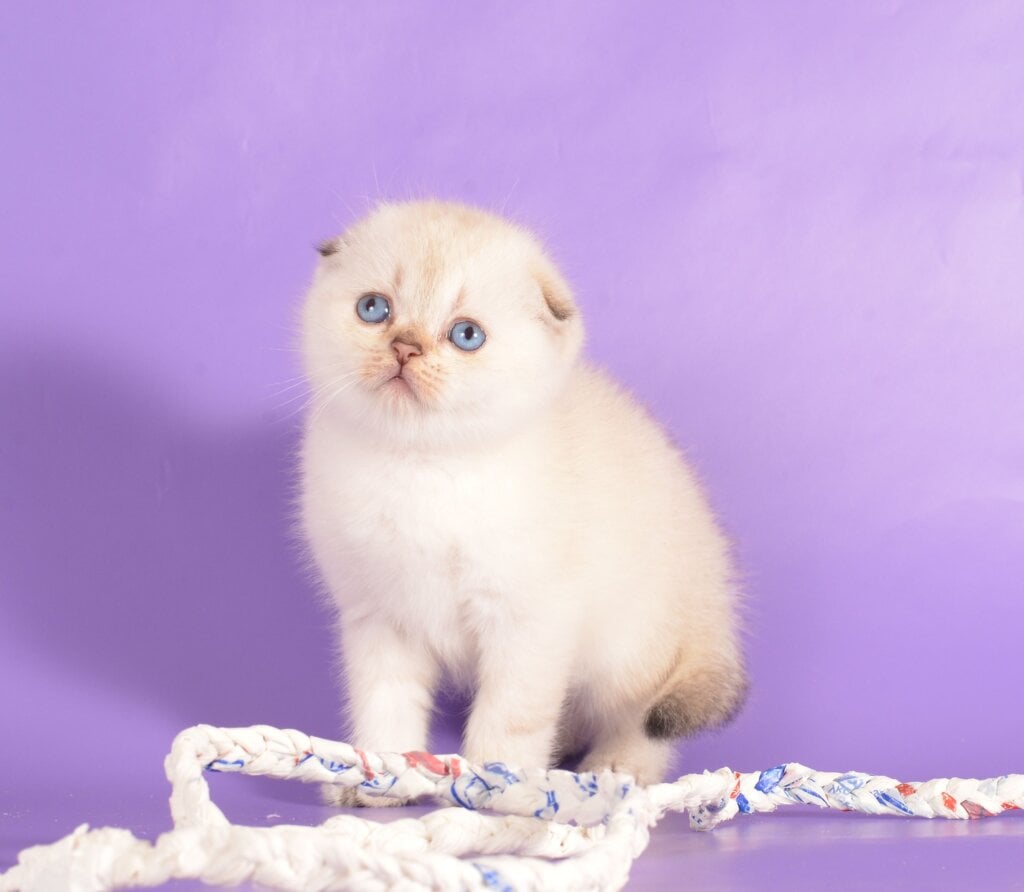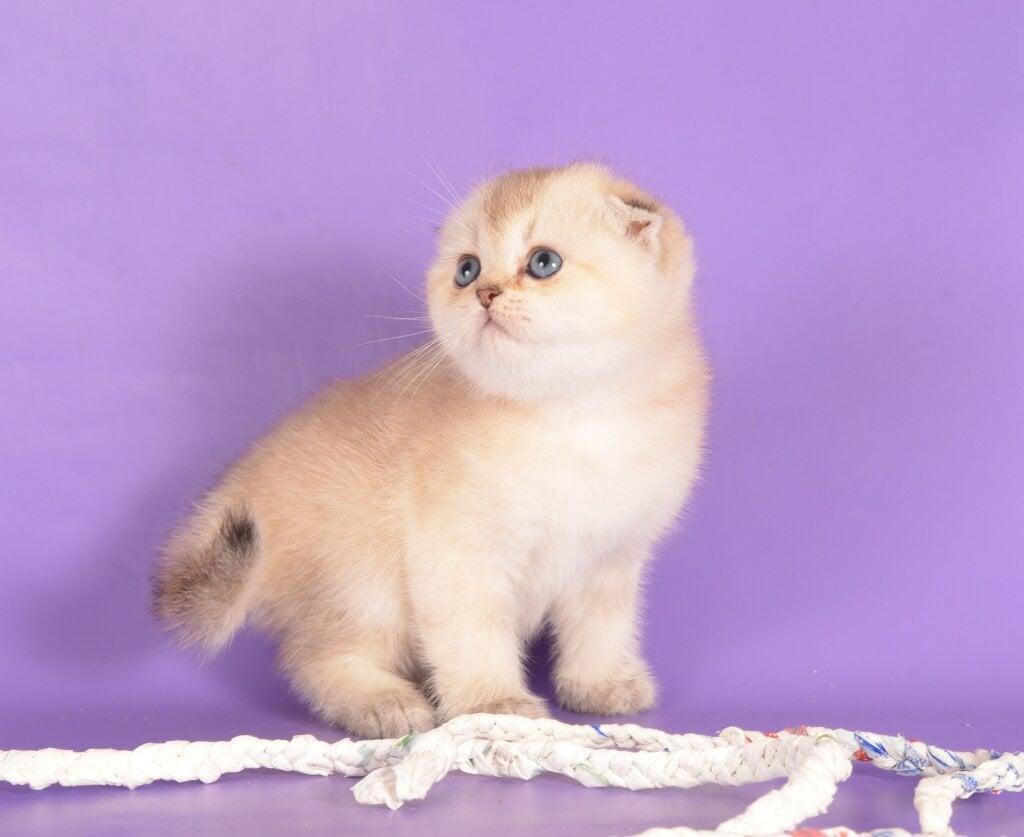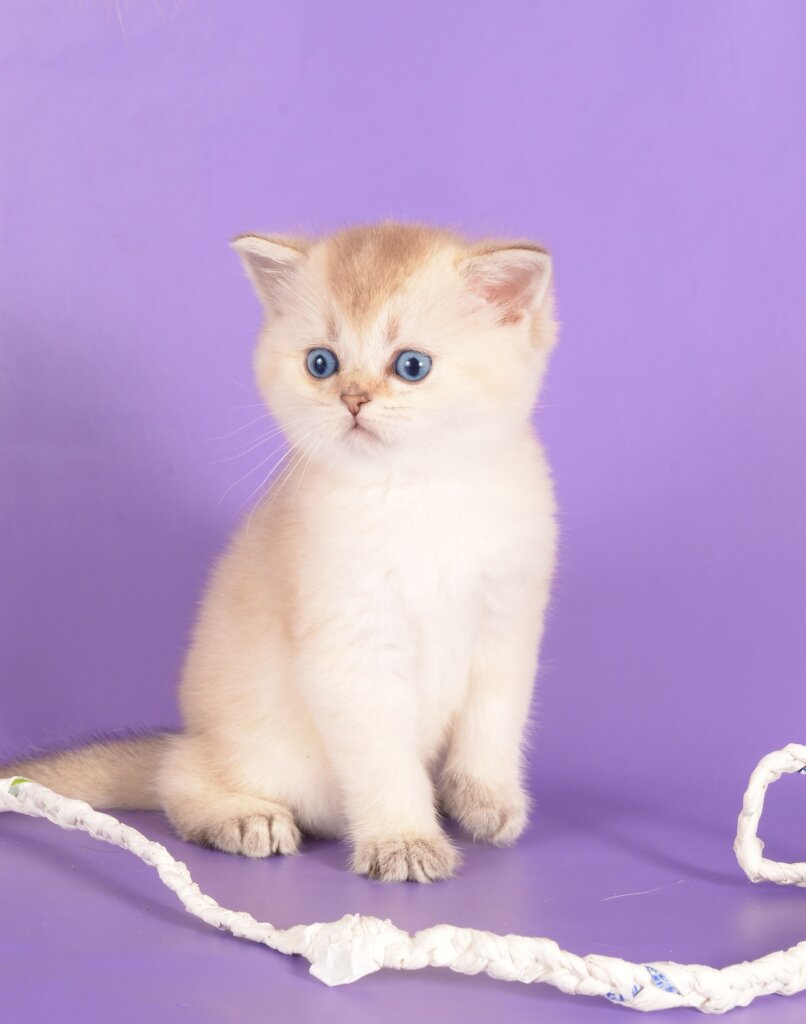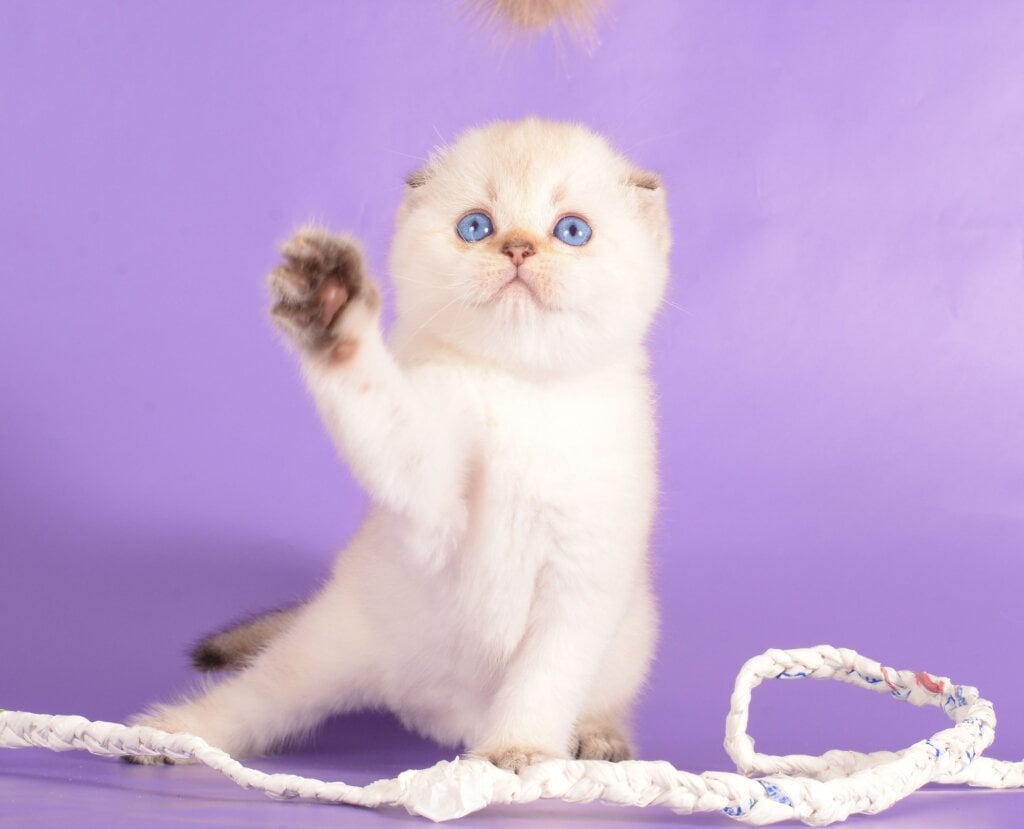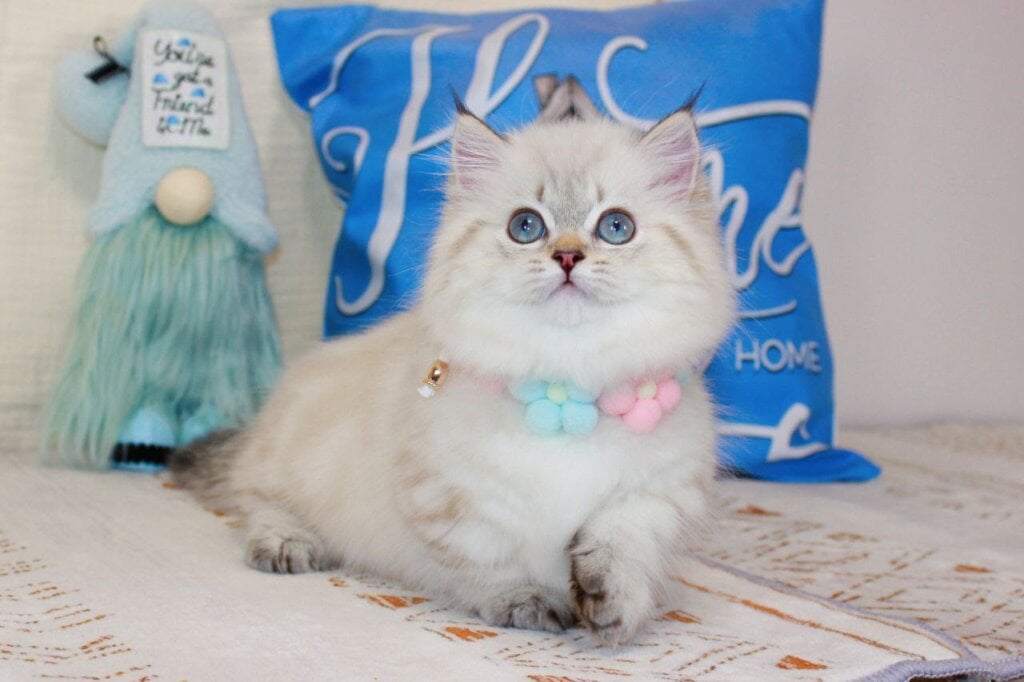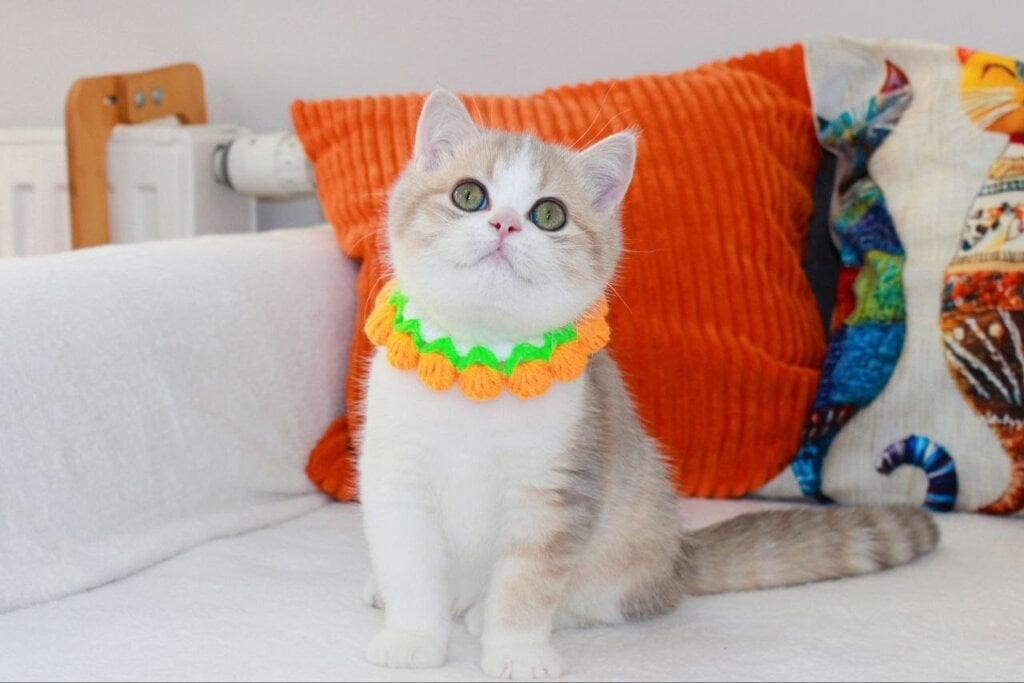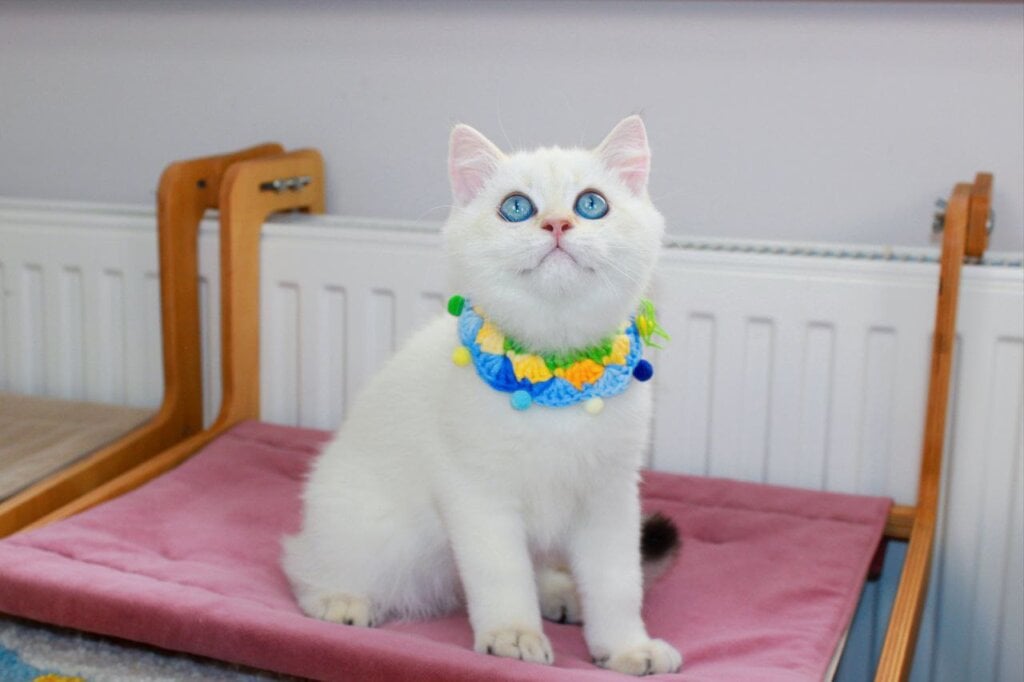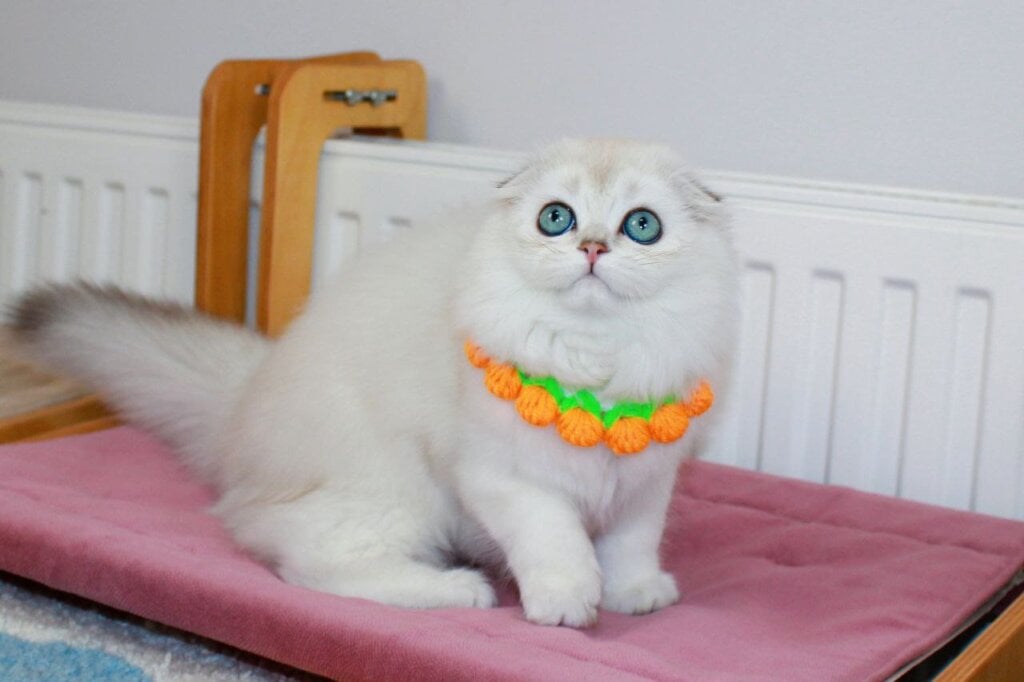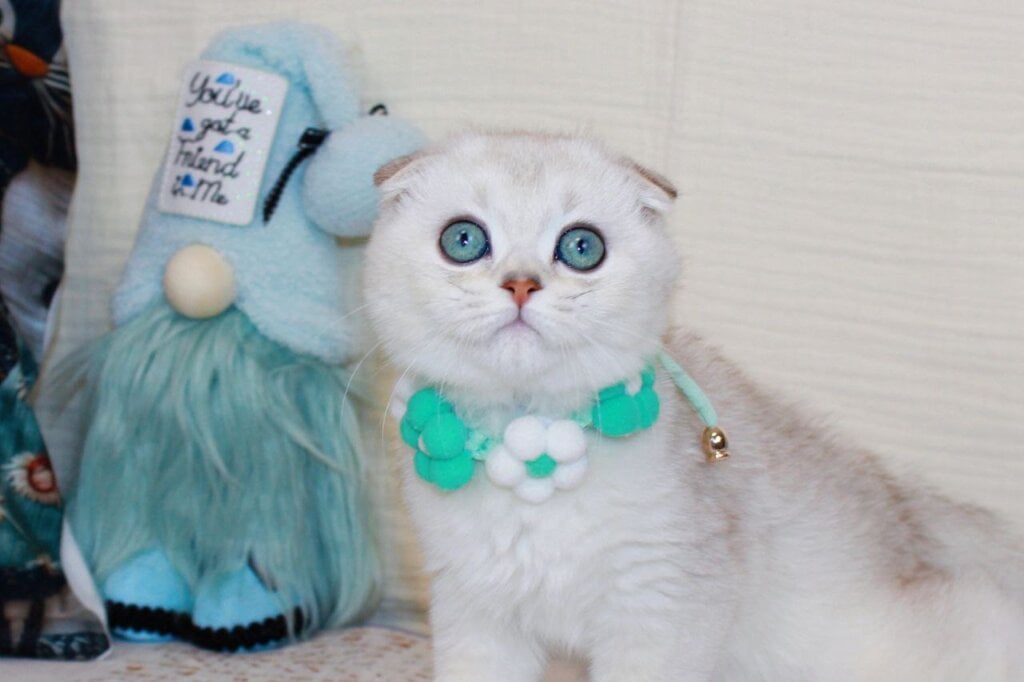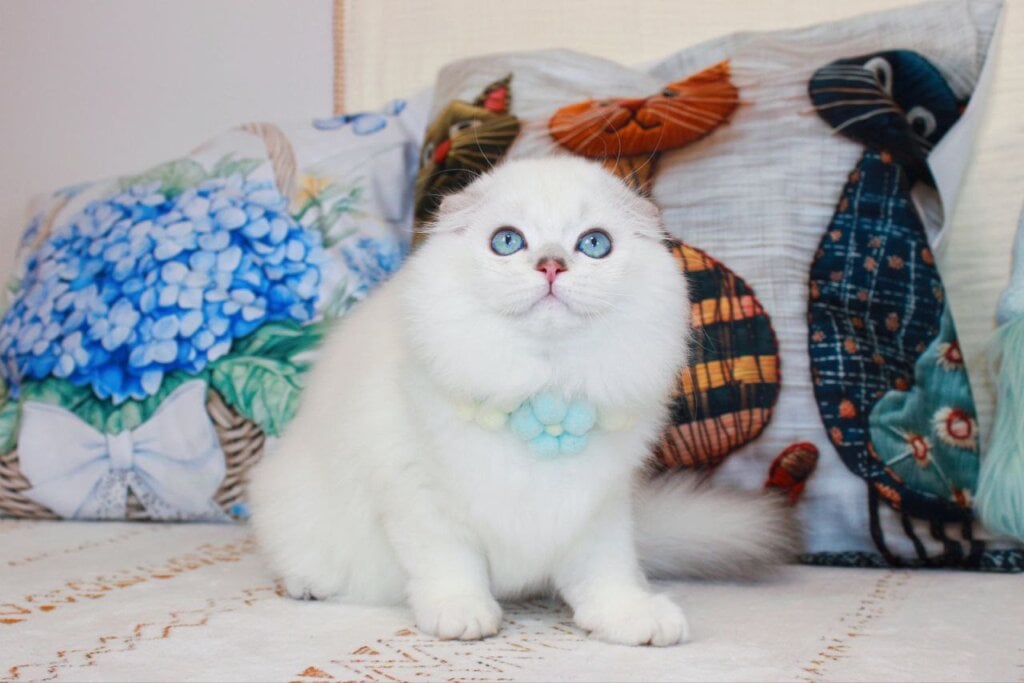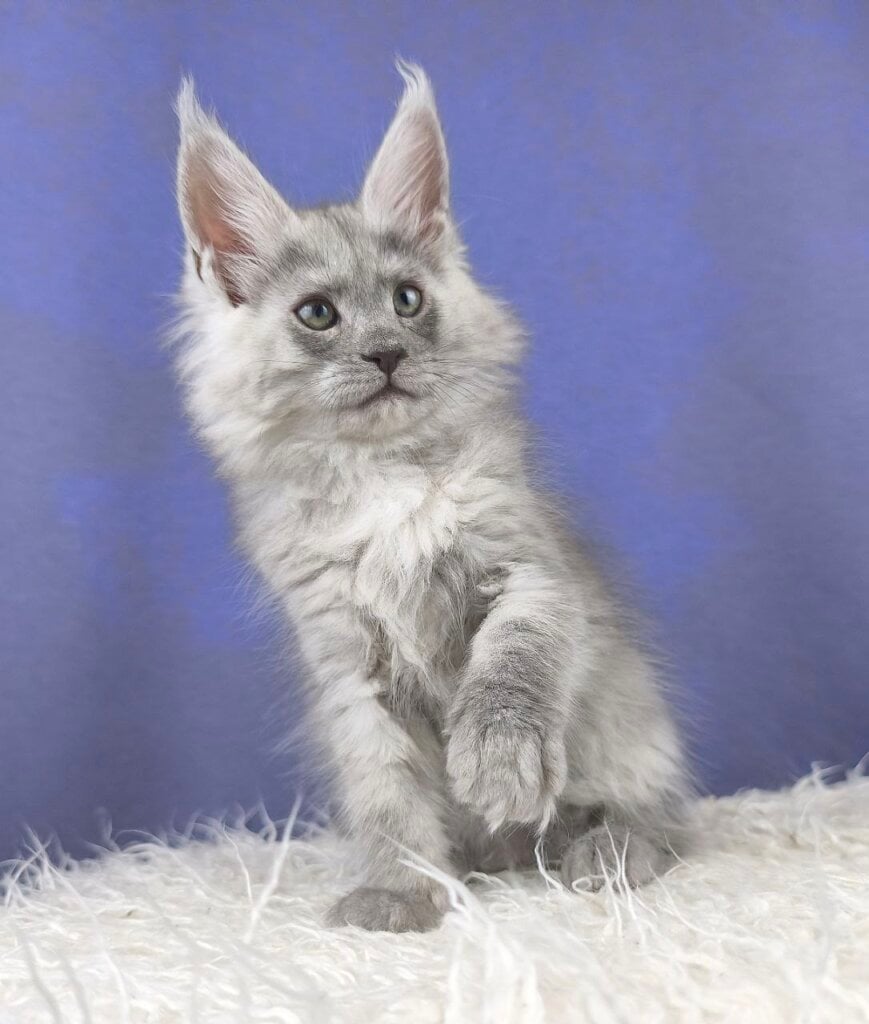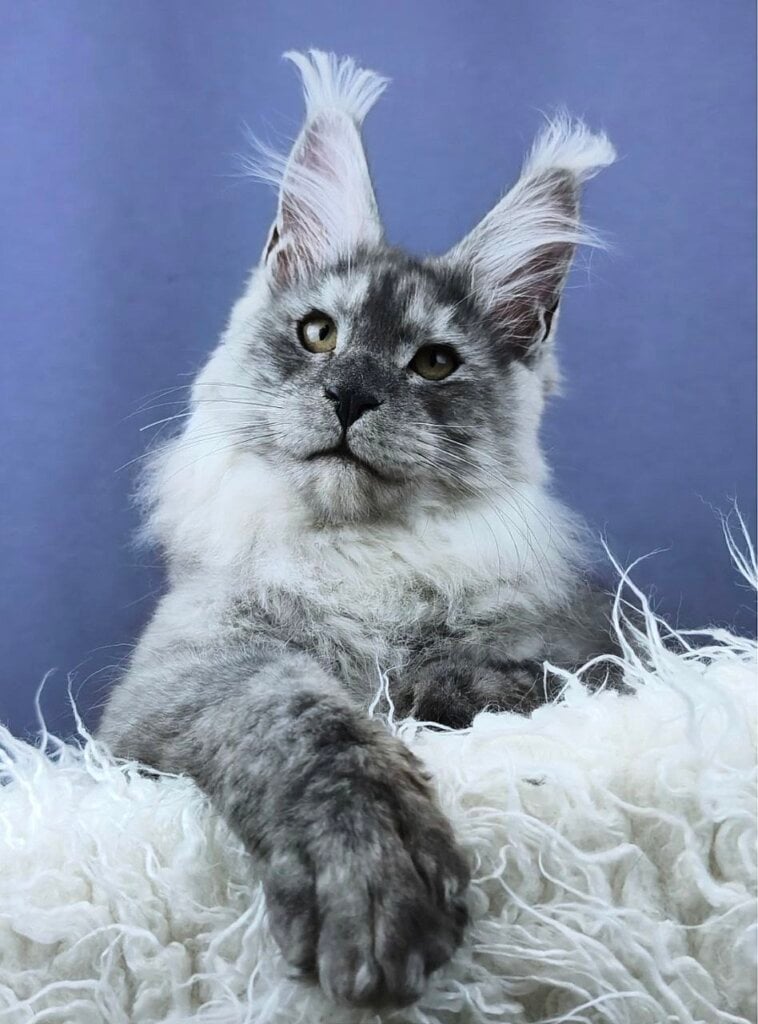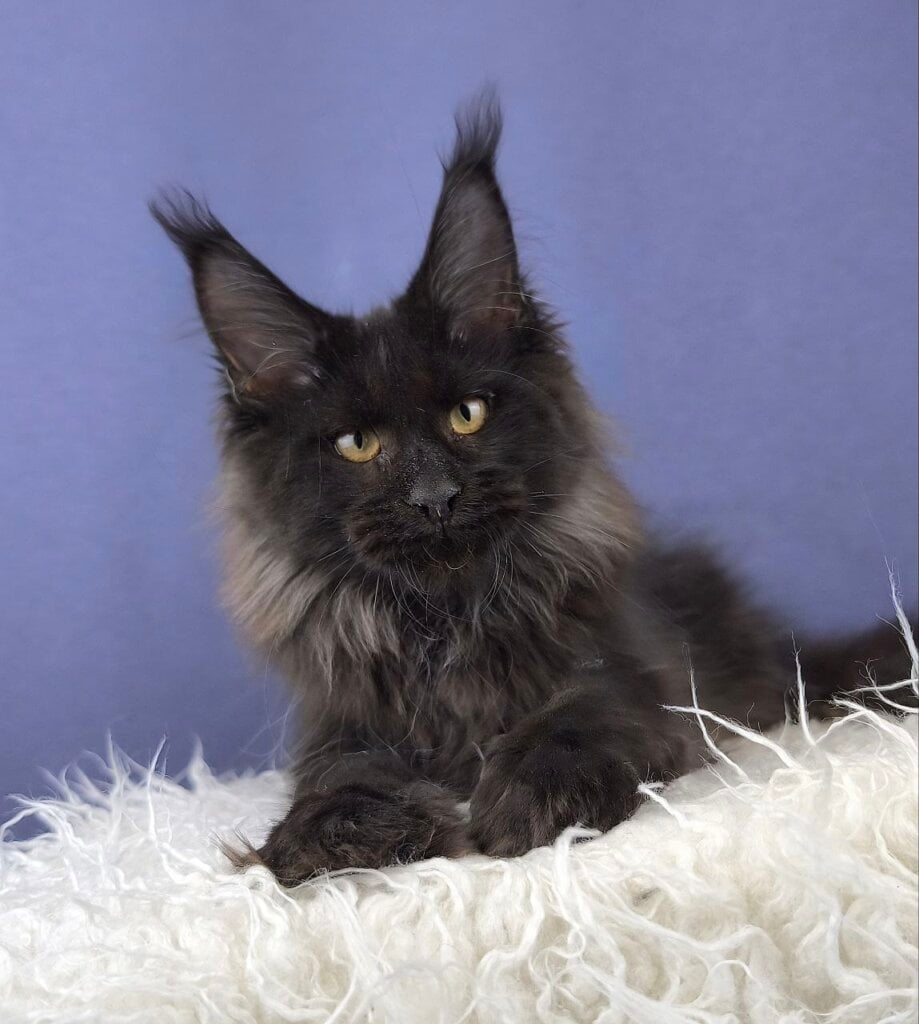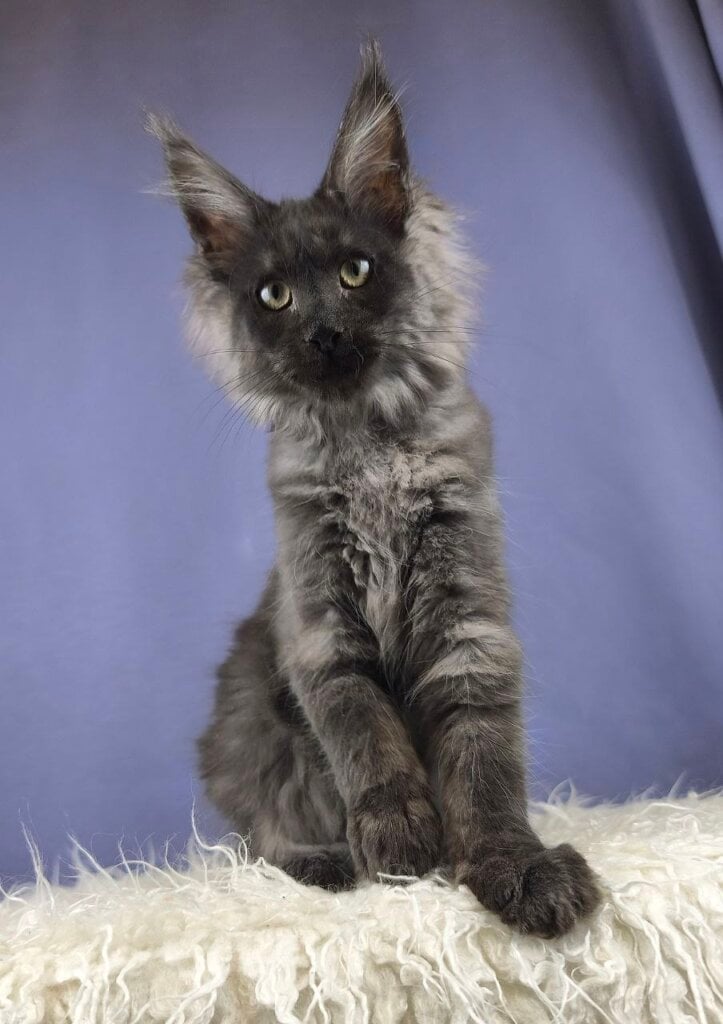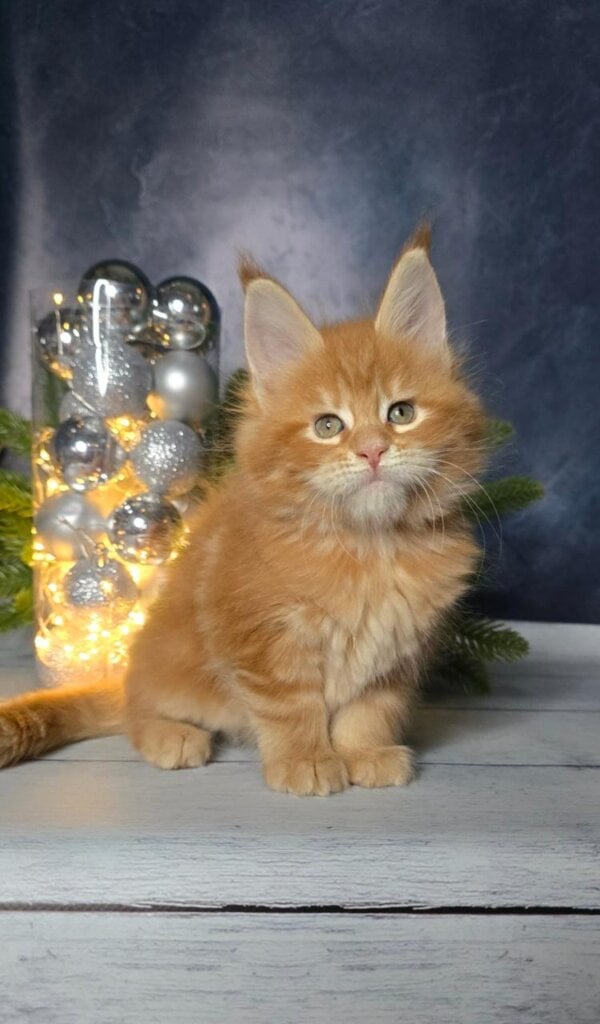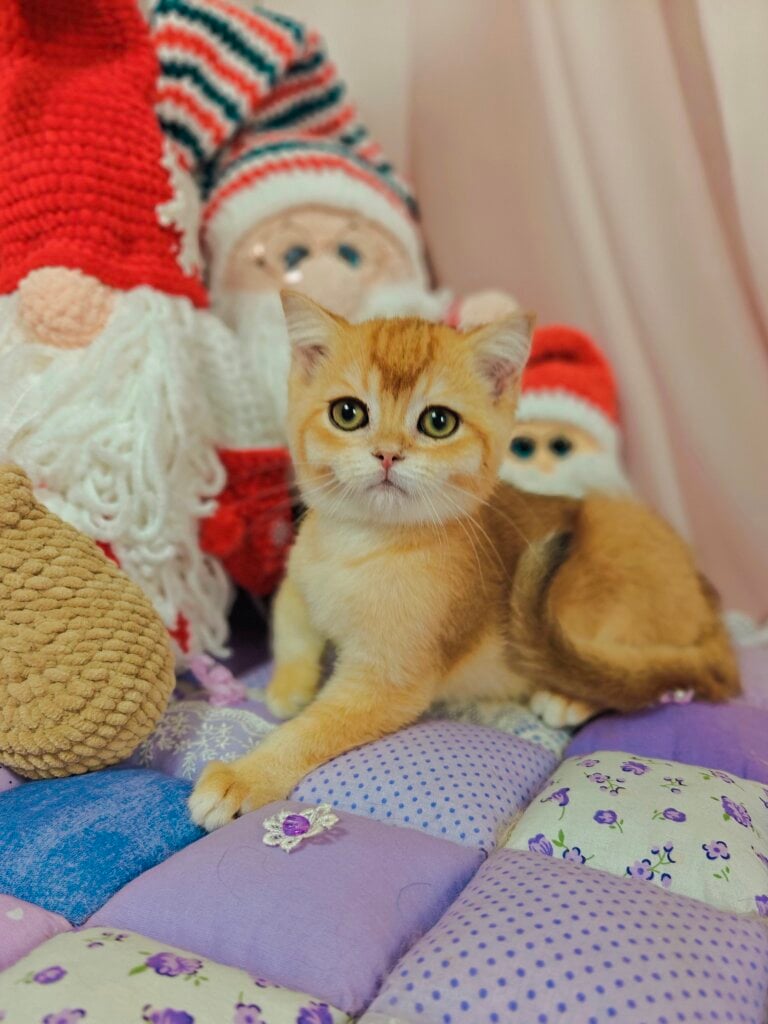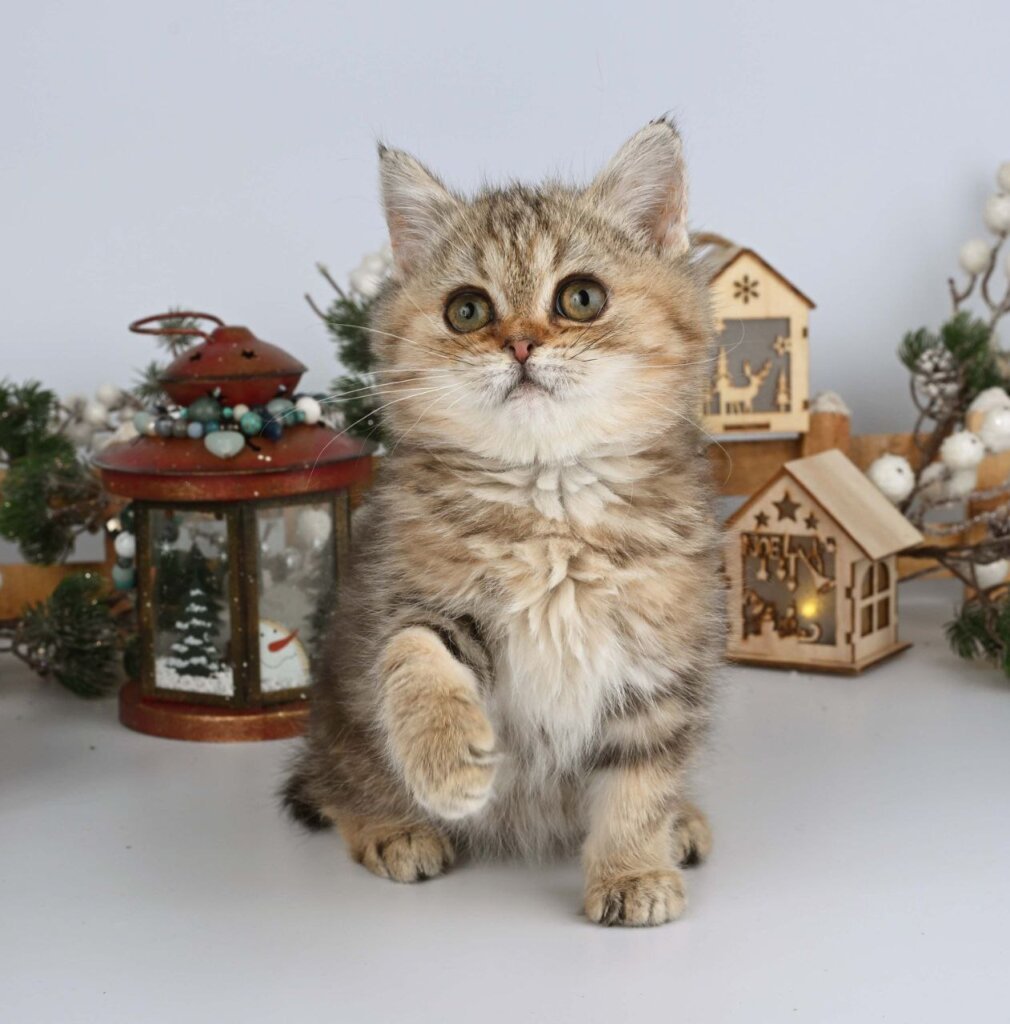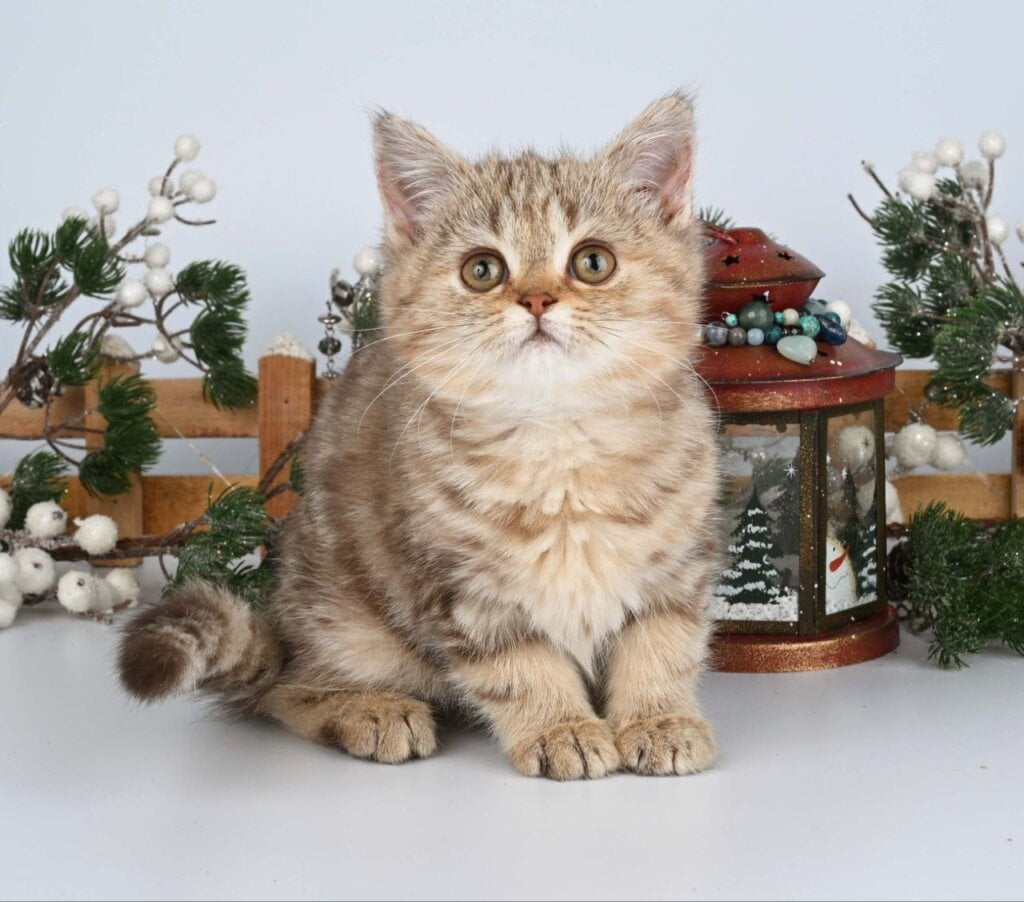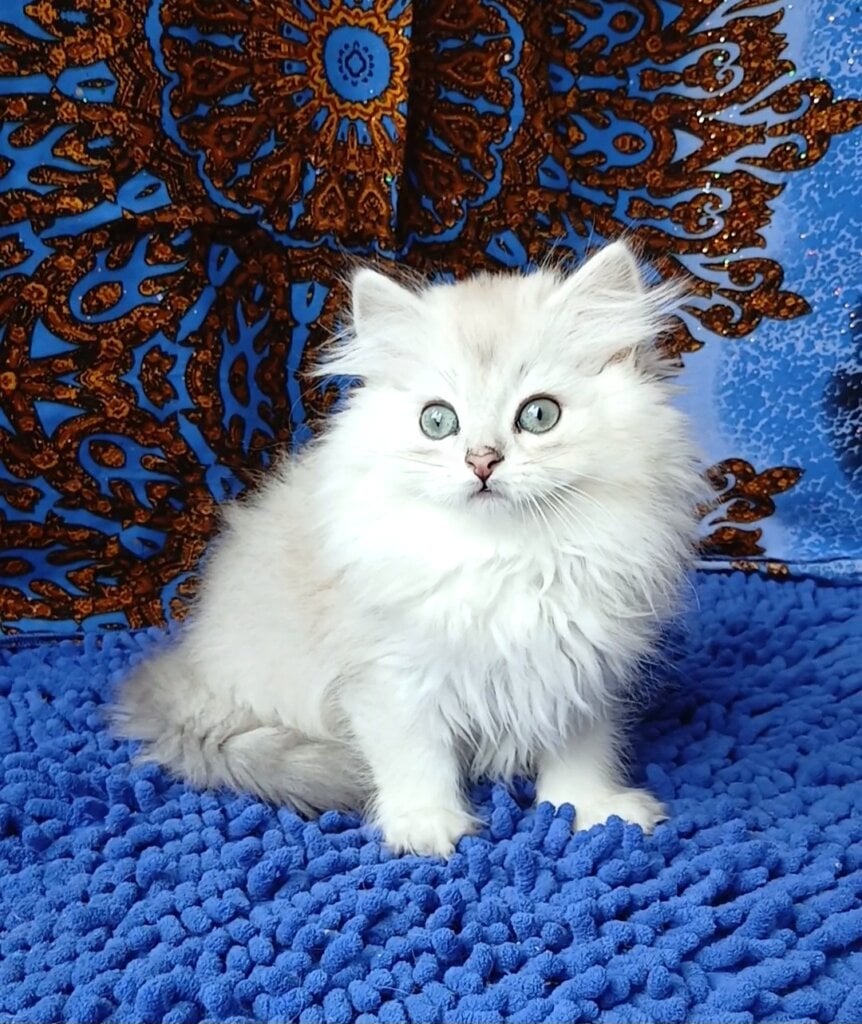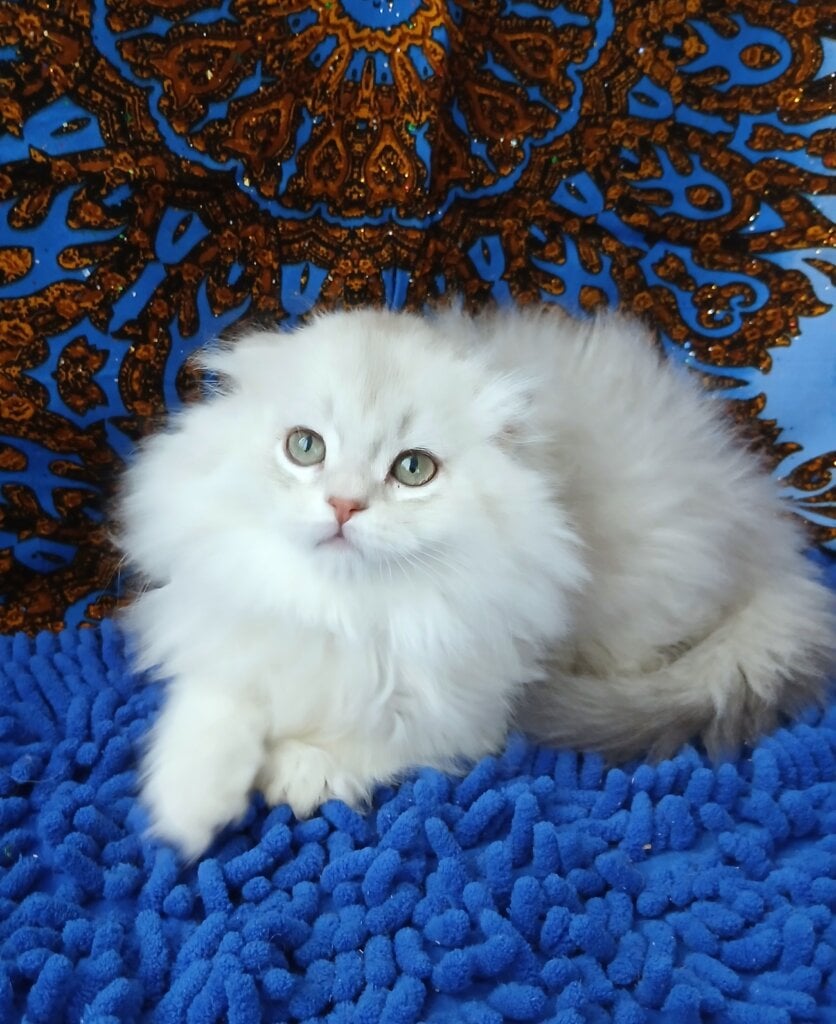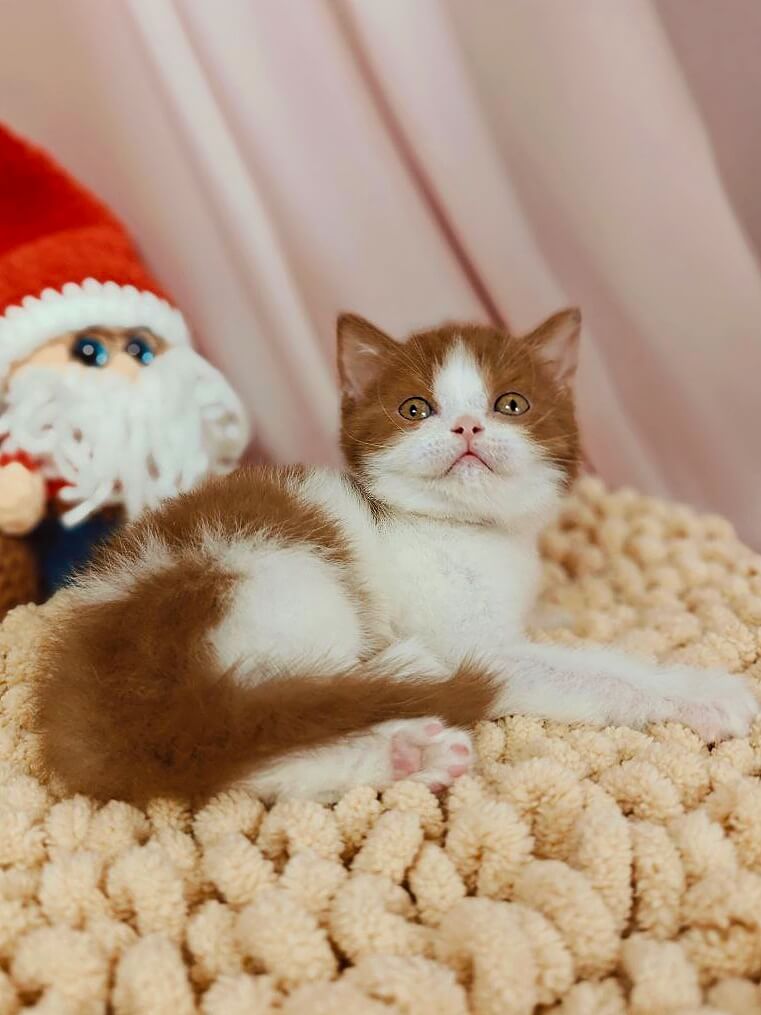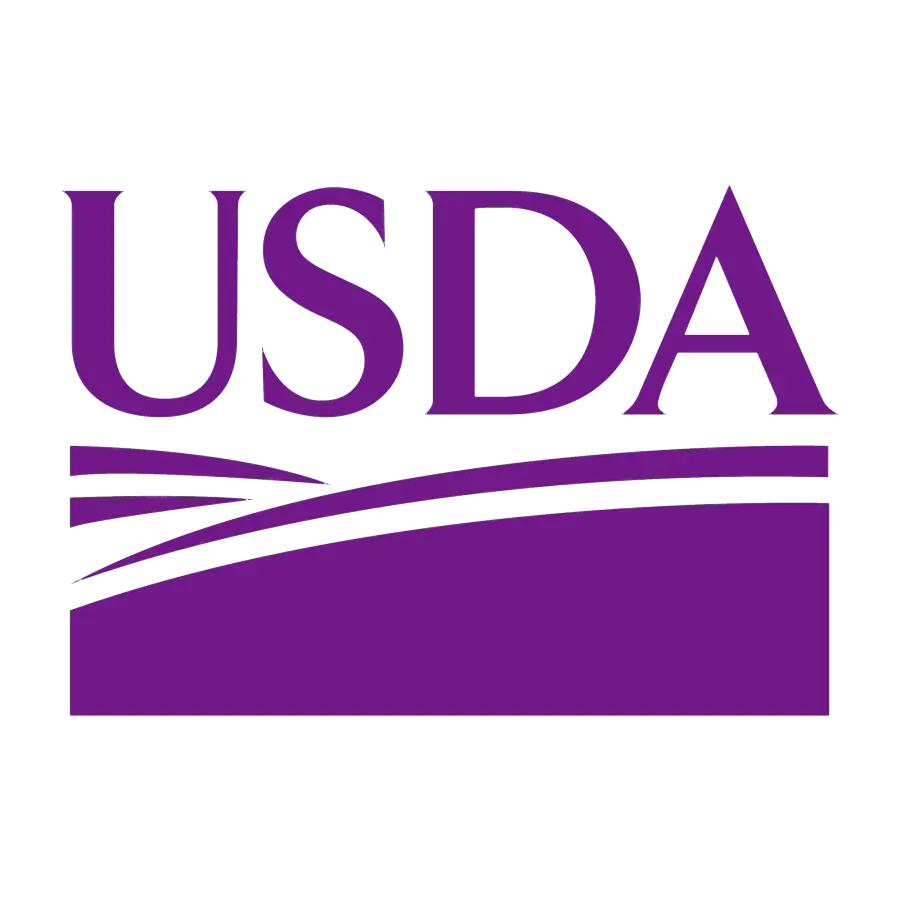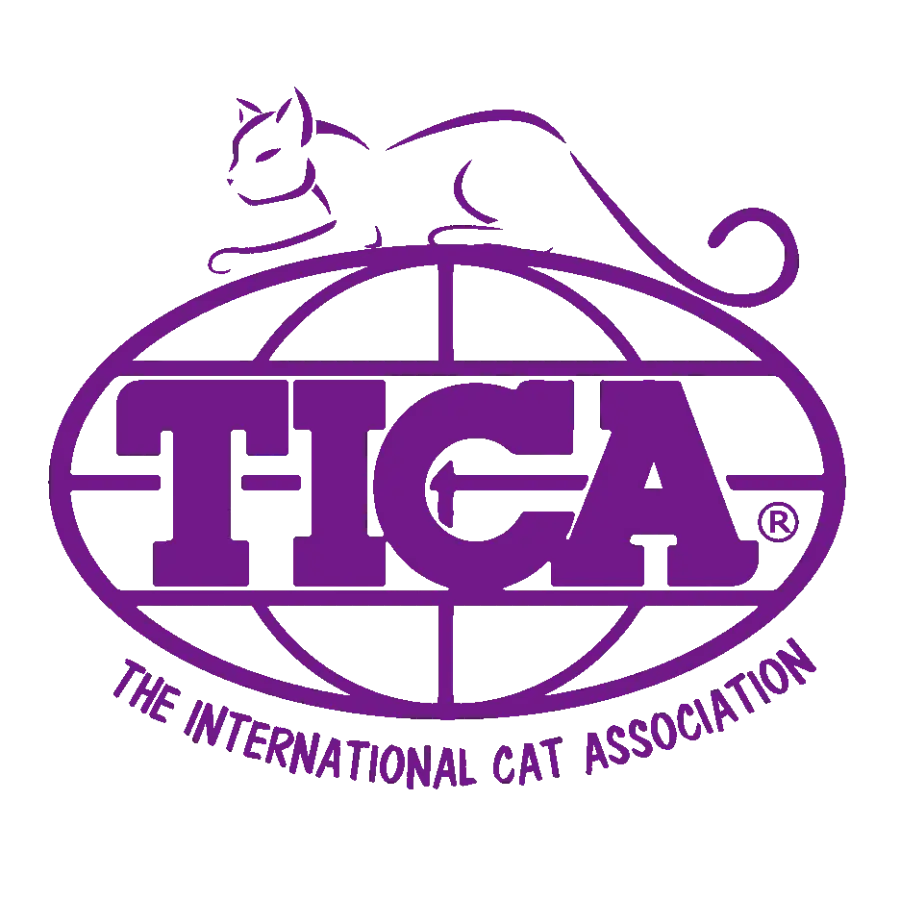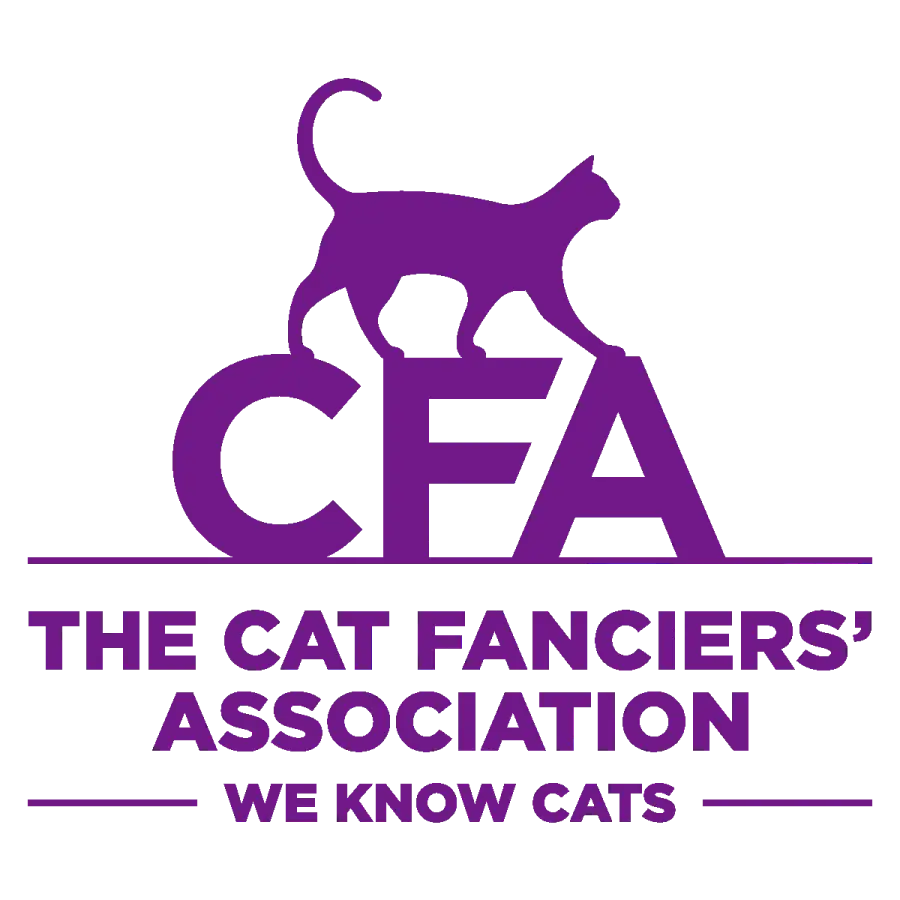Key Takeaways
- These distinct features give Maine Coons very wonderful and unique faces. Their appearance can change naturally as a result of genetics, health, and environmental factors. Knowing these differences allows us to see the beautiful variety in the breed.
- Genes determine the embarrassment of riches that is the Maine Coon face, from its bone structure, tufted fur pattern, oddities, quirks, and unique traits. Polygenic traits and spontaneous mutations contribute to some of the most interesting and unique variations found between cats.
- Breeding practices play a huge role on this facial diversity. Responsible breeding practices prioritize the health and well-being of Maine Coons, often resulting in individuals that still conform to breed standards.
- Nutrition and general health also play important roles in facial development. Adequate nutrition aids in healthy development. A lack of resources or underlying medical conditions could alter facial development.
- Understanding the normal variation in facial structure is important in understanding and enjoying Maine Coons. Unusual characteristics might be a red flag indicating health issues, so when in doubt, checking with a veterinarian is always a good idea.
- Veterinary studies and imaging techniques are moving extremely fast. These advancements make significant strides in understanding Maine Coon facial characteristics, allowing breeders and pet owners to better understand how to care for these cherished cats.
Maine Coon Facial Features: An Overview
Maine Coons are known for their splendor, and that includes their unique facial features, which are striking to many. These features are not only what distinguishes them from other breeds, but what makes them so special and charismatic. Maine Coons have an abnormal bone structure combined with highly expressive faces. Read on to find out what makes their facial features so unique!
What Defines a Typical Maine Coon Face?
The breed’s general appearance is largely dictated by a distinctive hooded or solemn expression. Structurally, their faces are much longer and broader than the majority of domestic cats. This is due to their strikingly deep high cheekbones and a squarish muzzle that gives them a wild, lion-ish look.
With their huge, almond-shaped eyes, they can easily express an intense and crafty appearance. Most cat owners assume this facial expression to mean that their cats are “preparing for a duel of wits.” This penetrating expression is accentuated further by their ears, which are high, tufted and taper to a narrow point like a lynx.
The tufts are a reminder of their wild ancestry. Of course, they make good insulation, a legacy of their ancestors’ frozen northern homes.
It’s not only the architecture that contributes to their unusual faces. Most Maine Coon owners quickly come to realize how expressive their cats are capable of being. Subtle variations in their eyes and whisker movements give away a broad spectrum of feelings.
For instance, Cougie, one of our favorite adopt-a-pets, looks back at us intently as though he’s in on the discourse. His keen emotional sense and intelligence is on display in this behavior.
Common Facial Variations in Maine Coons
Though their signature Maine Coon appearance might be familiar to you, there are other features that contribute to each kitty’s unique personality. Some cats have very soft, rounded features, like muzzles and eyes, that make them appear more friendly.
Some are given over-the-top, sharp cheekbones and brows, making their “angry” face or haughty look even more exaggerated. While owners enjoy the silky coats of Newt and Allie, they can’t help but appreciate Percy’s more chiseled appearance.
Interestingly, their personality can be the complete opposite of their appearance. Despite their lion-like size and handsome looks, Maine Coons are notorious for their high-pitched, soft coos.
Mr. B., for instance, becomes very kittenish when he asks for food, making the mismatch between his huge form and squeaky voice funny. When confronted with dogs, Penny’s low growls reveal the Maine Coon’s fierce protective nature, providing additional dimension to their personality.

Genetic Influences on Facial Traits
Maine Coons may be famous for their appearance, but it’s the underlying genetic influences on facial traits that are anything but simple. These traits, along with their size and unique physical appearance, have established them as one of the most distinctive cat breeds. Understanding the genetic influences on their facial structure can help us appreciate why some Maine Coons exhibit such striking and diverse looks.
How Genes Shape Maine Coon Faces
Those defining facial traits of Maine Coons are mainly influenced by genetics alone. Their chiseled jawlines, high cheekbones, and aquiline noses are a product of generations of selective breeding. To promote a vigorous breed best suited to survive the blustery New England winters, early breeders selected for the most powerful features.
Thus, these traits were incorporated into the breed. This pronounced, angular look usually makes Maine Coons have an ‘angry’ or fierce looking expression, which just makes them all the more charismatic.
Genes Affecting Bone Structure
In short, both the shape and resulting structure of a Maine Coon’s face are determined by genes that direct the development of a cat’s skeleton. The secretion of the bone morphogenic proteins plays a crucial role in this process. Their wide skulls and narrow faces are the result of these same genetic influences.
A cat with strong brow ridges might make it appear as if the cat is always frowning, for instance. Most owners would agree that this is one of the coolest and cutest features.
Genes Affecting Fur and Color Patterns
A Maine Coons’ dense, water-repellant coat and color patterns have a strong contribution factor to their face as well. Genes that determine fur length and texture guarantee that the subtle wave of their famous mane appreciably borders their face, keeping their lion-like elegance intact.
Coat patterns like the tabby stripes or shaded coat help show off their facial structure and help showcase their gorgeous expressions.
Genetic Mutations and Unique Faces
Sometimes, spontaneous genetic mutations lead to Maine Coons with unique facial traits. These variations can create small changes, such as uneven patterns or facial expressions, distinguishing an individual cat.
Understanding Polygenic Traits
Facial traits in Maine Coons are polygenic, which is to say they’re the product of multiple genes acting together. This complexity goes a long way in accounting for the difference even within the breed, from soft-featured cats to those with sharper, more defined appearance.
Genetic Diversity within the Breed
In addition to random mutations, genetic diversity plays a large part in the variety of facial traits seen in Maine Coons. To contain diversity throughout breeding practices while meeting expectations of breed standards, breeders continue selective breeding to create healthy, robust felines.
Impact of Founder Lines
His breed’s foundation lines are a big factor in the extreme heaviness we have in their faces today. Cats who come from a heavily inbred line of ancestors can experience severe or mild characteristics, based on that lineage’s gene pool.
Genetic Testing for Facial Traits
Improved genetic testing means breeders can start to predict some of these facial traits. This contributes to an overall breed population that protects against the loss of desired characteristics and keeps the breed healthy.
Breed Standards and Genetic Traits
Guidelines set in breed standards by registries describe the perfect Maine Coon look. These standards help breeders to determine which cats most accurately embody the breed’s distinct facial traits.
Future of Genetic Research
Continuing research into feline genetics is revealing secrets about the ways cats inherit their traits. An understanding of these factors will ensure that the Maine Coon continues to thrive as a cherished, famous breed.
Health and Development Factors
The remarkable Maine Coon rewards fans with this iconic breed’s unique look, like their large head and square muzzle. Health, development and nutrition can have a tremendous impact on their overall health and facial appearance. Knowing these ingredients will lead to optimal Maine Coon ownership and help you to take care of your feline to make sure it lives an extended, fulfilling life.
Health Issues Affecting Facial Appearance
In fact, while Maine Coons are healthy cats, underlying health issues can still indirectly affect facial structure. Polycystic kidney disease occurs in approximately 10-15% of Maine Coons [3]. This relatively rare genetic disorder can lead to significant swelling or water retention that typically leads to a distinctive bloated or swollen facial appearance.
Factors like underlying heart disease or chronic respiratory disease might affect their facial symmetry if these conditions lead to puffiness or changes in muscle tone. Preventative health checkups – particularly for obesity, hypertension, diabetes, and heart disease – are key to stopping these risks and protecting overall health.
Maine Coons are prone to hip dysplasia. Though this condition doesn’t affect their faces, it does highlight the importance of making their bone and joint health a top priority. Soundness of the entire skeletal system – especially the bones that shape the face – is key to maintaining the breed’s stunning appearance.
Developmental Abnormalities
Slow growth is a desirable Maine Coon trait because it contributes to the large size and robust features. Despite this, developmental defects during this critical time can lead to noticeable craniofacial defects. Maine Coon kittens go through some early growth spurts, with weight gains of 1-2 pounds per month in the first months.
Without adequate nutrition, this fast growth can result in imbalanced growth of the face. Genetics, too, is a major factor in dictating our facial anatomy. Some Maine Coons are born with congenital anomalies that cause them to have abnormally-shaped features.
This may be the development of a flatter nose or a more prominent jawline. These differences are usually benign and contribute to the character of the cat.
Impact of Nutrition on Facial Growth
Maintaining a healthy diet is the key to ensuring that a Maine Coon develops just the right amount of facial structure. Nourishing, protein-rich diets give the developing baby all the nutrients needed for bone and muscle development, helping to shape his or her face properly.
Without proper nutrition, a Maine Coon could have stunted growth, resulting in a less muscular or undeveloped look. Animal caregivers must always choose high-quality food to promote their Maine Coons’ development and physical health.
In addition, these high-quality foods support a healthy coat, which is key to controlling shedding. Regular grooming helps their coats shine and prevents matting, keeping their iconic appearance healthy and safe.

Breeding Practices and Facial Diversity
The Maine Coon’s unusual facial characteristics are just as interesting. They are the product of long-standing and contemporary breeding practices, especially in dark-colored, pigmented forms. All these complexities determine how they look. They further illustrate the complexities regarding how aesthetics, genetics, and ethical breeding practices intersect.
Historical Breeding Influences
In those early years of the Maine Coon’s sudden popularity, enthusiasts successfully bred to preserve the shaded phenotype. Once this trait was discovered, they zeroed in on refining this very desirable trait. This most times meant extreme inbreeding, which really kept that aesthetic intact.
However, it introduced high-stakes dangers to the genetic health of these cats. Belushies Utha, however, is perhaps the most important link in this lineage. This extraordinary cat’s genetic contributions can be seen in 99.99% of all shaded Maine Coons today.
As breeders bind their fates to history by becoming profoundly dependent on one lineage, they need to be prudent in their planning to ward off possible negative genetic bottlenecks. In fact, the Maine Coon’s history played a big part in their unusual facial anatomy.
Early breeders focused on developing sturdy cats that could endure the rigors of New England’s severe winters. This breeding for resilience produced prominent, chiseled facial characteristics. These characteristics create their characteristic “angry” look.
This aesthetic, which has become iconic, still commands the imagination of enthusiasts around the world.
Modern Breeding Goals
Today’s breeding practices have increasingly worked to strike a balance between aesthetically pleasing and healthy conformation. Informed pairing strategies will be key to maintaining the advantageous shaded phenotype and allowing for continued genetic diversity.
Unlike traits controlled by simple dominant or recessive genes, the shaded coat is a more complicated genetic interaction. Chinchilla pairings, for example, provide the greatest chance of producing shaded offspring and are therefore favored by breeders.
Contemporary breeders make an effort to preserve the Maine Coon’s distinctive characteristics, including their jovial disposition and furry features. The oversized accents may seem a bit scary at first.
Yet, they don’t beget their gentle disposition, rendering this cat visually stunning and delightfully snuggly.
Ethical Considerations in Breeding
Responsible breeding practices should always be a top priority for preserving the health and vitality of Maine Coons. Conscientious breeders do not allow extreme traits to be overemphasized, instead prioritizing sustainable and humane practices.
Transparency about breeding practices, rigorous health screenings, and education for prospective owners help make certain that these cats live long, healthy lives as beloved family members.
Environmental and Nutritional Impacts
This unique feline architecture is shaped by food and other environmental pressures. These environmental and nutritional factors have been found to be just as important in contributing to their unique appearance, in combination with their genetic predisposition. By knowing what to expect from these factors, owners can do their part to ensure their Maine Coon matures into a healthy adult.
How Environment Affects Development
The environment a Maine Coon is raised in greatly affects physical attributes, such as the facial structure. These cats are objectively the coolest cats around, climatically adapted to endure the most extreme climates, with their thick, insulating, water-repellant cat coat.
Their unique mugshots, defined by high cheekbones and an alarming hiss-inducing mug, are influenced in large part by their habitat. Kittens raised in warmer climates tend to grow a bit of a cooler, denser ruff around their face. This clever adaptation gives them the benefit of additional warmth and protection.
Unlike most cats, Maine Coons love water. Maine Coons have a special fondness for water. Their comfort levels around water may shape their grooming behaviors, subsequently changing the texture of their facial hair.
Regular grooming is a must for maintaining their shaggy, separable silky coat. Please note, brushes should be used for brushing at least 3 times per week to show off their unique mug!
Optimal Nutrition for Facial Development
Nutrition is another essential factor affecting how a Maine Coon’s face develops. A good diet, fostering bone growth and muscle development as well as general health, is all seen in their facial structure. Feeding these cats goes beyond just providing a few bowls of cat food.
They need a high-protein diet with all the necessary vitamins and minerals to provide for growth. We have seen a significant improvement in skin and coat health because of a higher diet concentration of omega-3 fatty acids. This limitation only enhances the glamour of their facial features.
Water is one of the most important human needs. In terms of nutritional impacts, Maine Coons should have round-the-clock access to food and water. This keeps them hydrated and helps them maintain their impressive muscular frame.
Signs of Nutritional Deficiencies
A lack of proper nutrition will cause recognizable effects on a Maine Coon’s face shape and coat texture. For example, when the diet is deficient in critical nutrients this can result in lackluster coat appearance and compromised skeletal integrity.
It might even lead to diseases such as Spinal Muscular Atrophy (SMA), being reported in 12% of this breed. Look for symptoms such as thinning fur, brittle whiskers, or a loss of facial symmetry.
These signs might lead you to more quickly uncover and remedy any dietary shortcomings your animal may face.
Distinguishing Natural Variation
Maine Coons are known for their regal good looks. Their unique-looking faces piques interest and distinguishes them from any other breed. Size will be the most obvious feature to stand out. Their facial differences come from things like natural variation, health issues, and even individual idiosyncrasies. Knowing the difference is important – even more so for future pet owners. They should be thinking about beauty as well as their pet’s welfare.
Recognizing Normal Facial Differences
The Maine Coon’s face can look quite different depending on genetics, age, and other factors. Their wide heads, pronounced cheekbones and square muzzles are typical breed characteristics. Natural variation does allow for differences in appearance from individual to individual. One Maine Coon will have a squarer muzzle, another might have less defined contours.
These differences in petite, medium, or large are guided by the lineage and continued breeding standards by happy, ethical breeder practices. It’s equally important to distinguish them from other large breeds such as Norwegian Forest Cats. Norwegian Forest Cats have a more triangular head structure and a somewhat more independent attitude.
They are similar in size and furry pelts to the other breeds. Unlike the reclusive nature Maine Coons, which are distinguished by their lively personality and square head shape. A smart, cultural adaptation. Mature males may weigh from 13 to 18 pounds, with the average female around 9 to 13 pounds. Large size and facial characteristics are typically attained by 3 to 5 years of age.
Identifying Potential Health Concerns
Even though most facial differences are natural variation, some facial differences can be early signs of health conditions. Abnormalities in bone structure can serve as important clinical indicators of genetic conditions. In the case of Maine Coons, about 30% are impacted by Polycystic Kidney Disease (PKD).
Additional symptoms are development of asymmetry or swelling, which can indicate an underlying infection or trauma. Weight plays a role. Extreme cases of obesity, like Maine Coons exceeding 25 pounds, can alter facial appearance and overall health.
Consulting with Veterinarians
When something just isn’t right with your pet’s facial structure or health, veterinarians are an invaluable source of information. Routine health checks can make it easier to tell the difference between normal variation and developing medical issues. Though often necessary, treatments are inconsistent.
Some cats live full lives on treatments, while the future of others remains unsure at best. Consulting soon helps keep your Maine Coon happy and healthy for a long time.

Facial Morphology and Overall Health
The characteristic facial morphology of the Maine Coon exemplifies this breed’s attraction. Beyond morphological evaluations, it is an important window into their overall health and well-being. Those unique physical traits come from centuries of natural adaptation and human-directed breeding.
This exclusive first look is our best glimpse yet at their physical morphology and resultant overall health.
Facial Features as Health Indicators
Maine Coons are easily recognized by their prominent cheekbones and square-shaped muzzles. These craniofacial characteristics give them a grave and nearly kingly countenance. That deep brow ridge serves to intensify their “angry” or thoughtful facade.
Too many of us misjudge this trait as an indication of their deep nature. As intimidating as they might look, Maine Coons actually have a soft and sweet temperament.
These unique physical features are not just ornamental. Their naturally wide facial morphology contributes to their strong jaw and teeth. This rugged temperament is vital to a breed that was historically raised to hunt in the frigid, mountainous terrain of Maine.
Their thick, oily coat and one-hair-undercoat provide insulation and waterproofing, allowing the bears to live comfortably even in extreme conditions.
From a health standpoint, Maine Coons are prone to several genetic conditions. They frequently have Spinal Muscular Atrophy (SMA), which affects muscle tone. Moreover, they can be affected by Polycystic Kidney Disease (PKD), but this disease is rarer in them than in Persian cats.
Preventive health screening, especially in a breeding population, is imperative to keep the overall health of the breed strong.
Behavioral Correlations with Facial Traits
The Maine Coon’s unique facial morphology is not only functional, but reflects their temperament. Though their solemn visage might lead one to believe they are all business, these charismatic animals are far from mundane.
While their prominent brow ridge may suggest a perpetual frown, Maine Coons are incredibly gentle, making them excellent companions for families and individuals alike.
Given their large size, special attention should be given to joint health as they mature. Males often weigh more than 20 pounds so the need for mindful care is increased.
Owners need to focus on providing a wholesome diet for their pet. Routine visits to the veterinarian will be necessary to manage size-related problems and keep them healthy for many years to come.
Veterinary Advancements in Understanding
The unique head shape of Maine Coons has been the subject of interest for breeders, pet owners, and researchers. Veterinary advancements have been essential in understanding what makes them look so different. Now advanced imaging modalities and extensive research studies are uncovering the genetic and biological factors responsible for the breed’s unique facial characteristics.
These tools offer important context about what makes these features so special.
Imaging Techniques for Facial Analysis
High-resolution imaging technologies, like 3D computed tomography (CT) scans and magnetic resonance imaging (MRI), have revolutionized how we study feline anatomy. These tools are enabling veterinarians and researchers to study Maine Coon faces. In addition, they can study the bone structure, muscle distribution, and soft tissue composition in an unprecedented level of detail.
High precision CT scans allow researchers to detect minute differences in shape and size of the skull. For instance, they could have a wider head shape or more developed muzzle than other breeds.
MRI, by contrast, offers a window into the soft tissues that help give Maine Coons their chatty kitties’ brows furrowing, faces framing looks. Other research has focused on muscle density and distribution. To do this they’ve figured out what role different facial muscles play to create distinctive, even “exotic” looks.
These unexpected results, given the breed’s selective adaptations to serene highland landscapes, underscore the breed’s genetic legacy. They enhance our understanding of the biological underpinnings of their unusual morphology.
Research Studies on Maine Coon Faces
Many studies have looked at how genetics and environmental factors have shaped the Maine Coon facial features. One line of major research has located very detailed genetic markers responsible for the breed’s wide, square-shaped head and prominent cheekbones. Selective breeding practices have a strong role to play here as well.
This highlights the importance of implementing ethical breeding standards, so that both health and appearance can be maintained. Environmental factors, including nutrition and general health, fasten the final touches on their unique appearances. Kittens reared in environments that encourage better nutrition and activity achieve greater bone strength.
This modification can further benefit the breed’s hallmark facial features. Comparisons with other breeds, such as the Persian or Siberian, help give valuable context. Known for their various distinctive personalities, Maine Coons wear their unique coats as a badge of honor.
Their very long nose bridge and large whisker pads are unique characteristics not found in other breeds.
